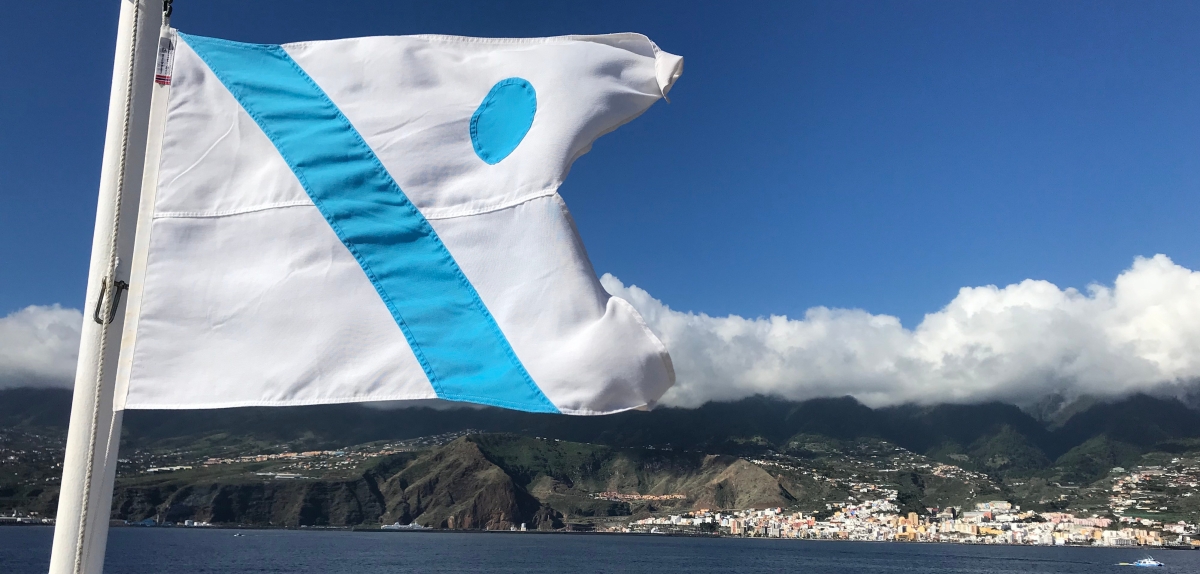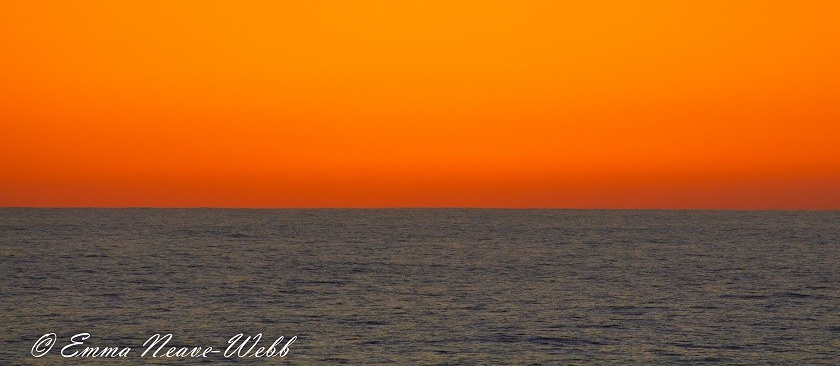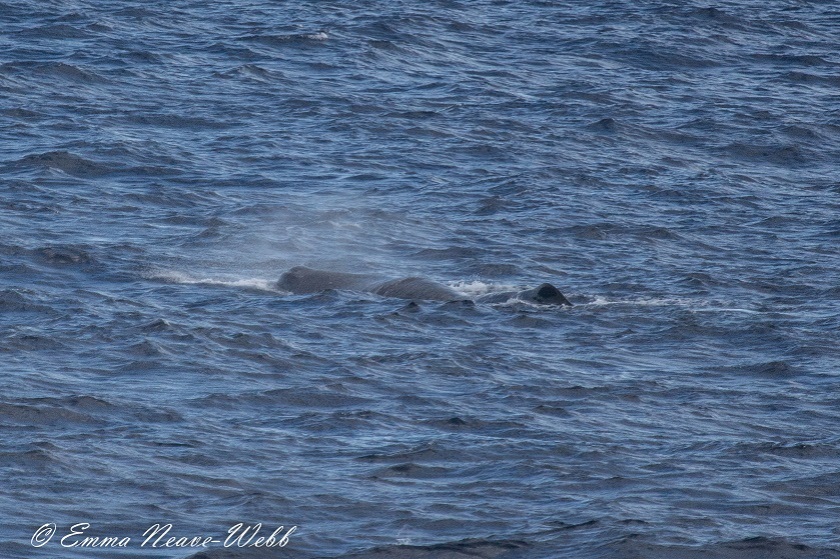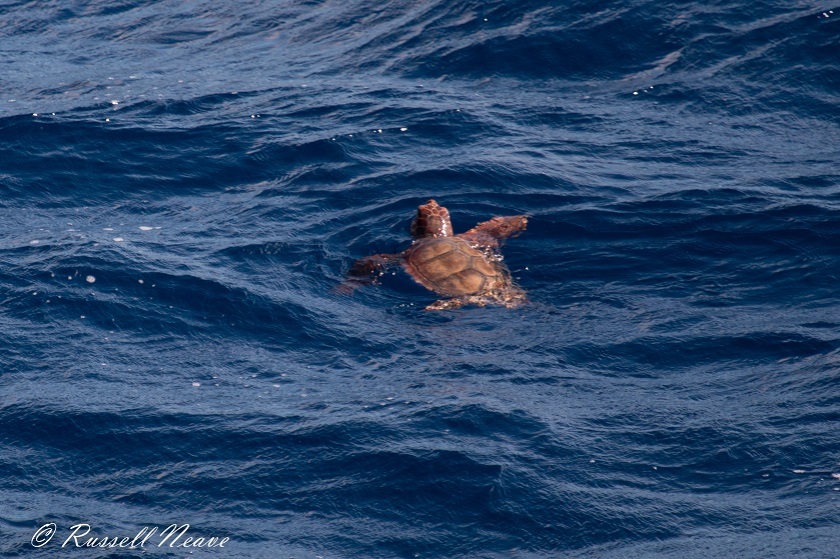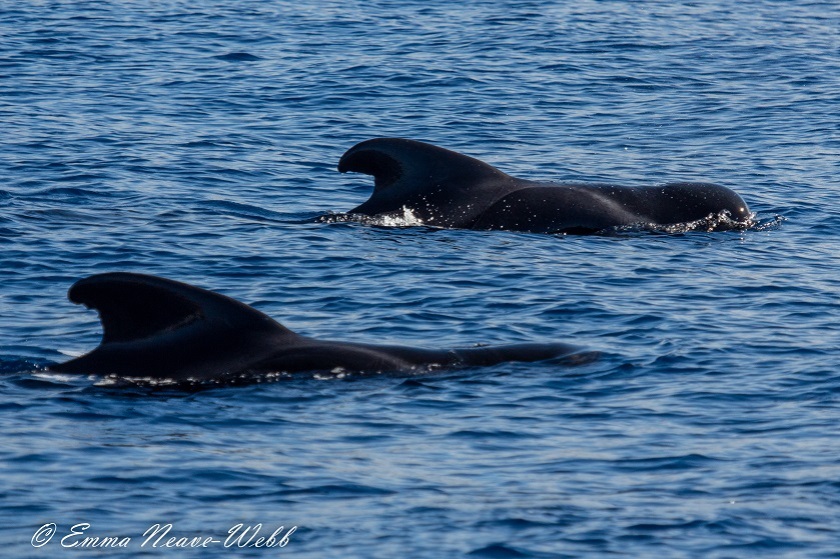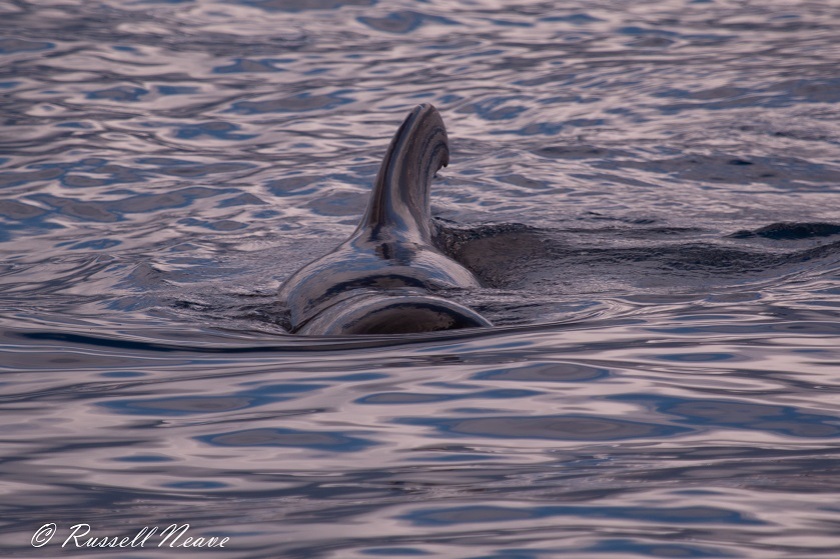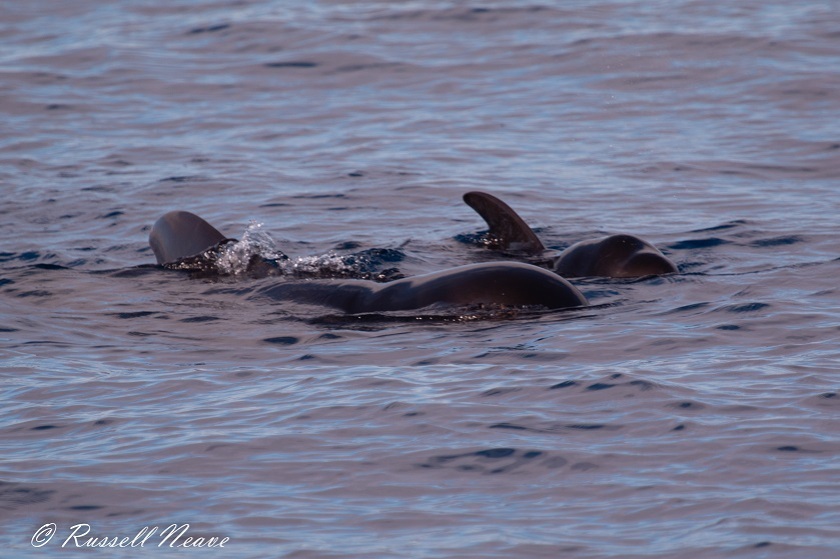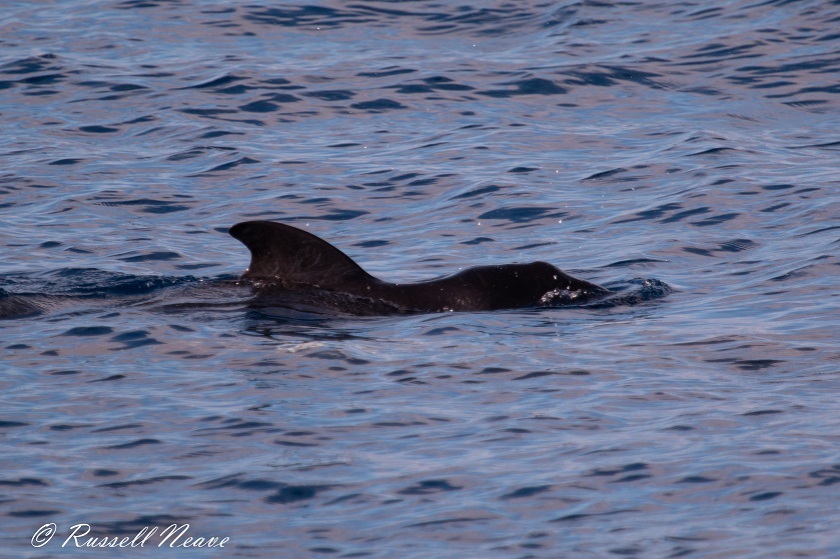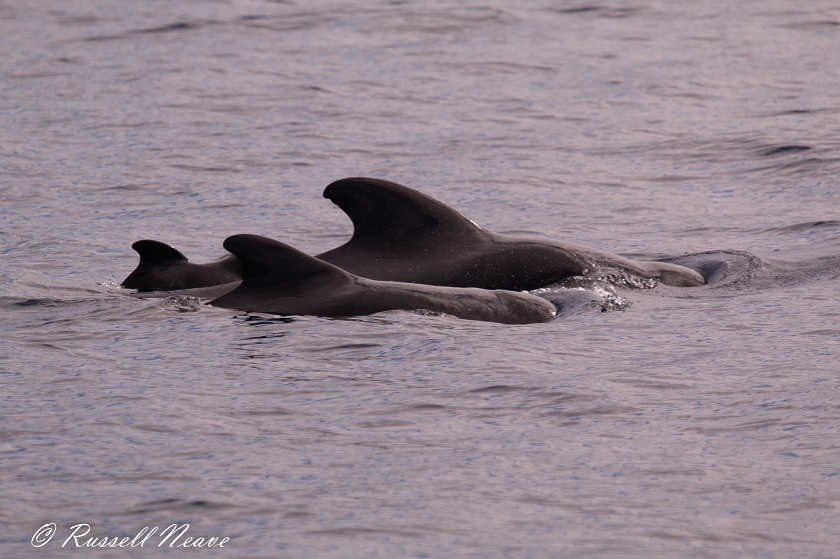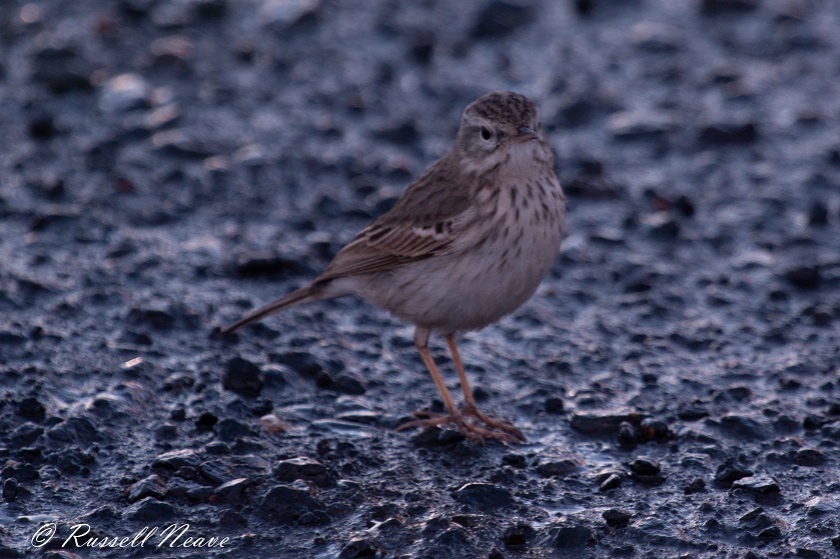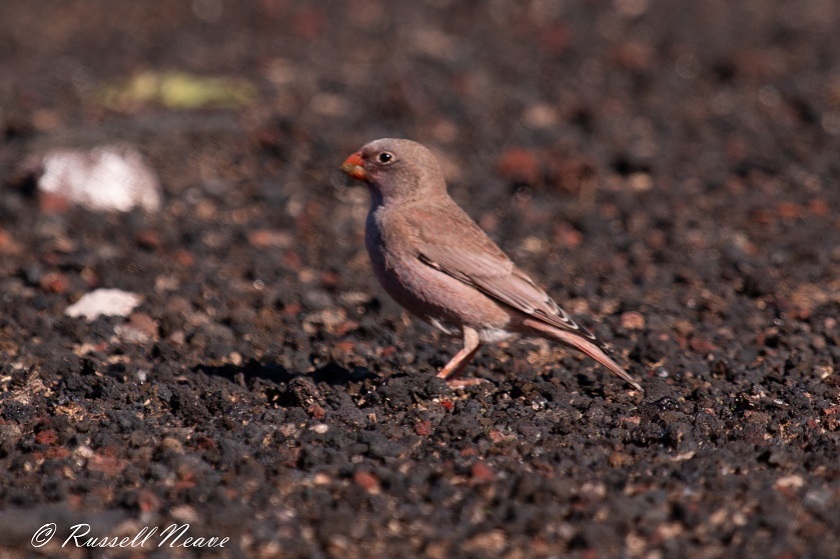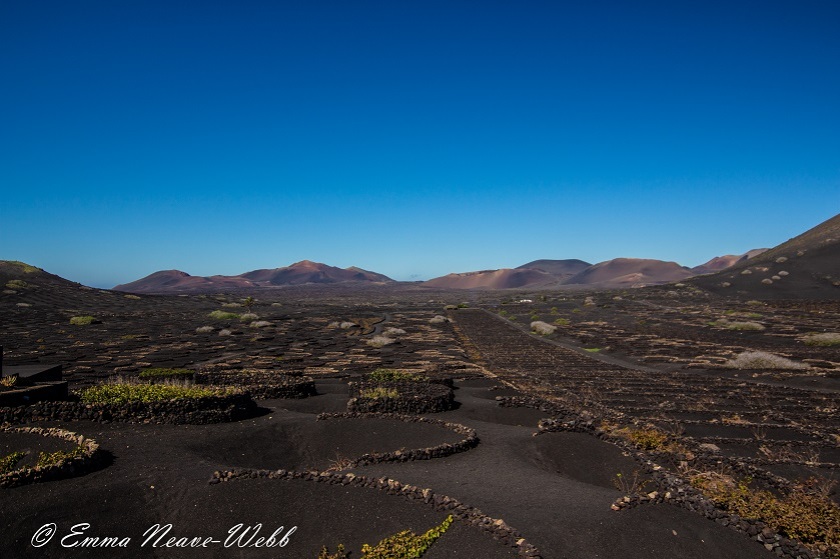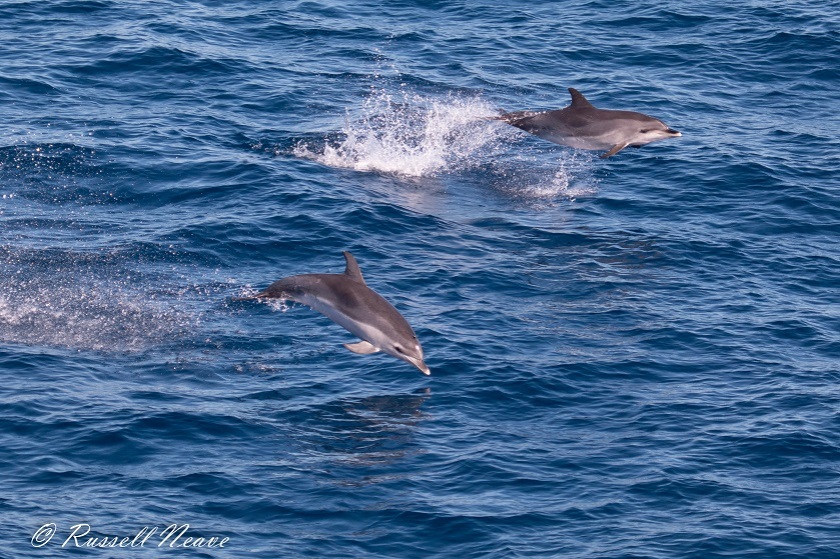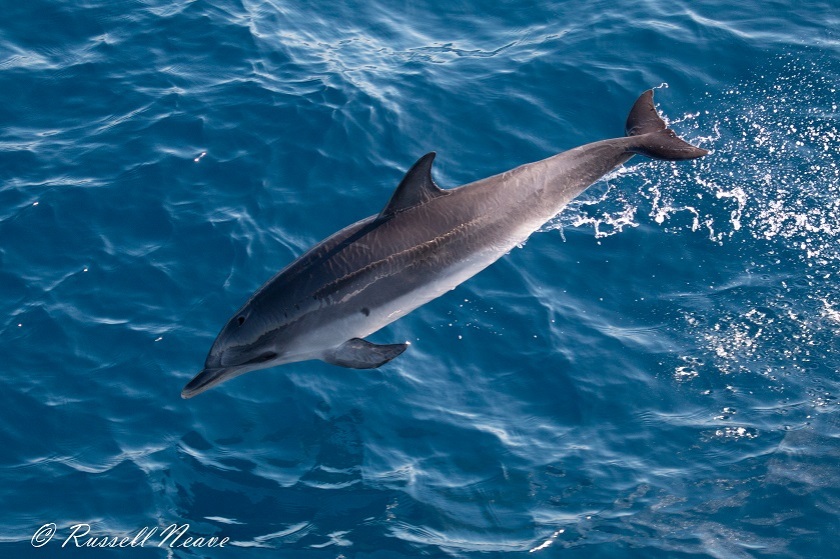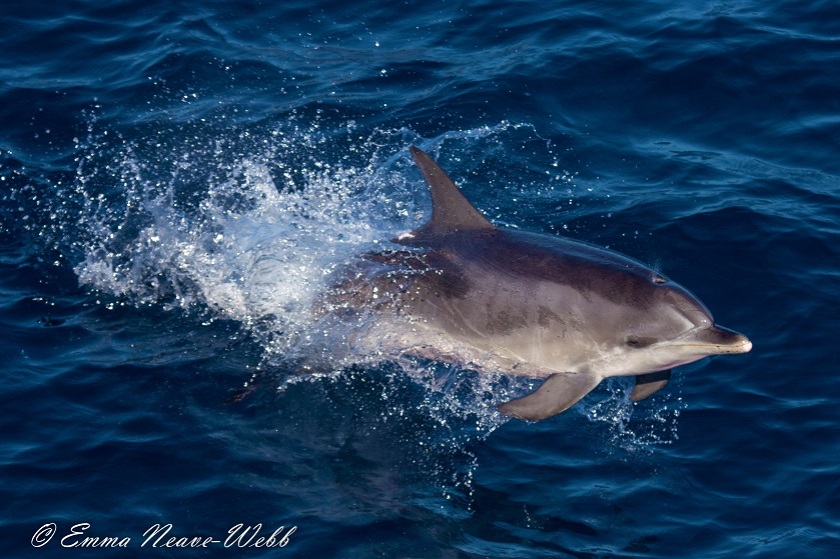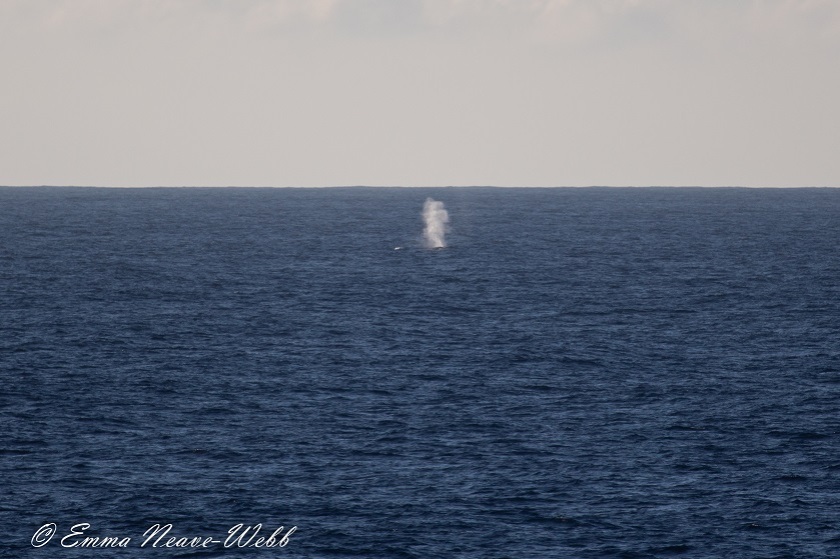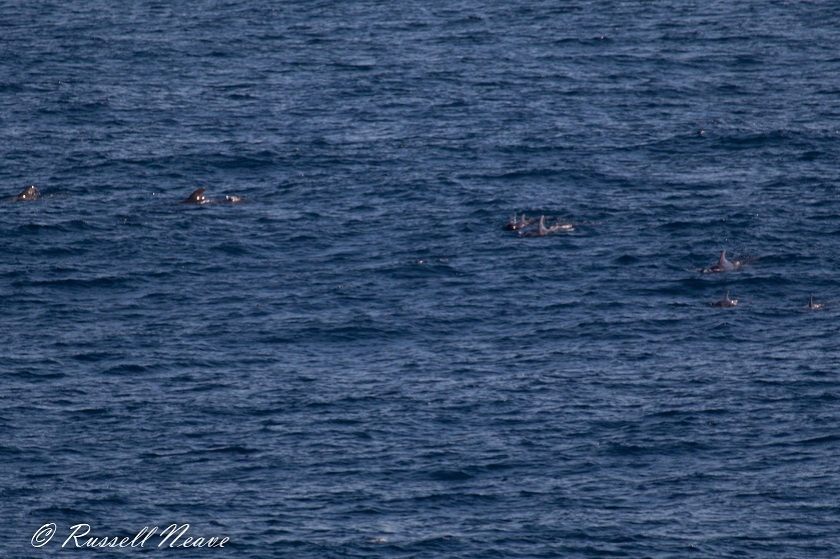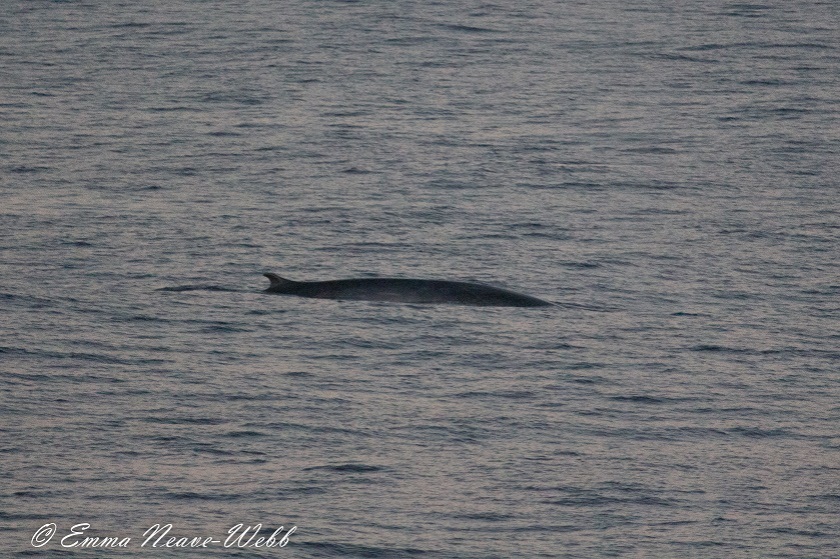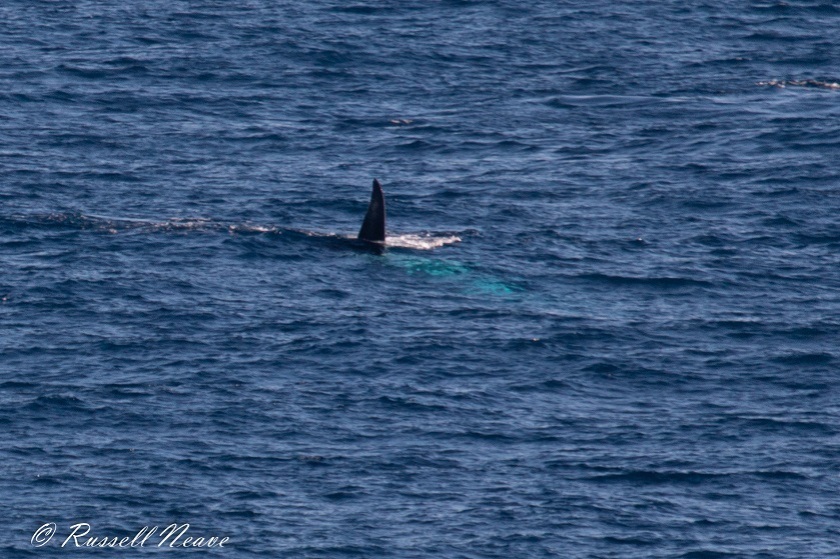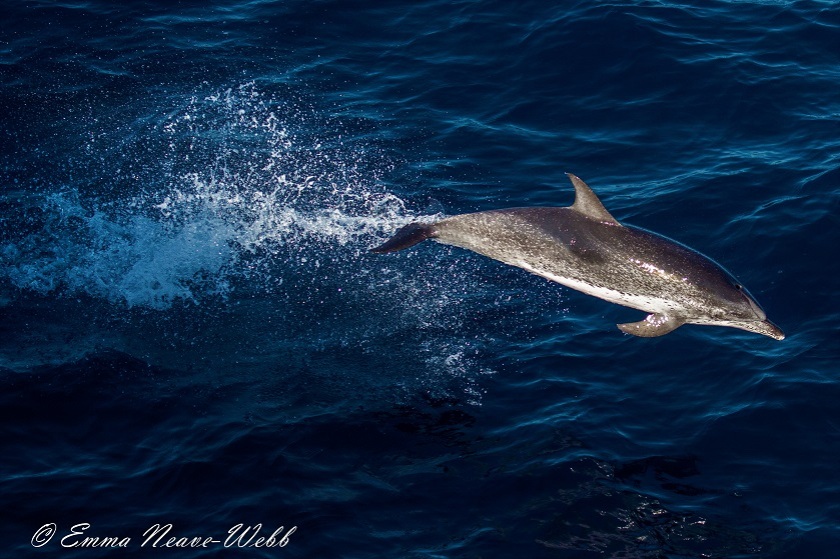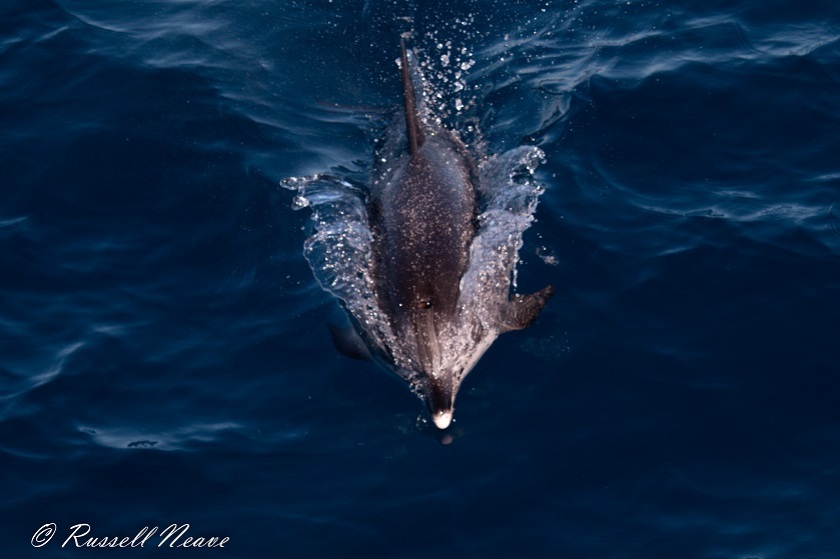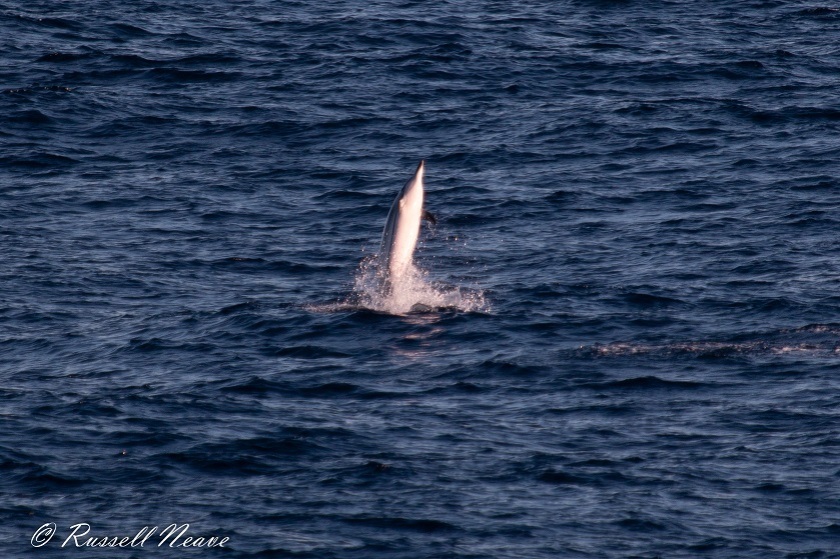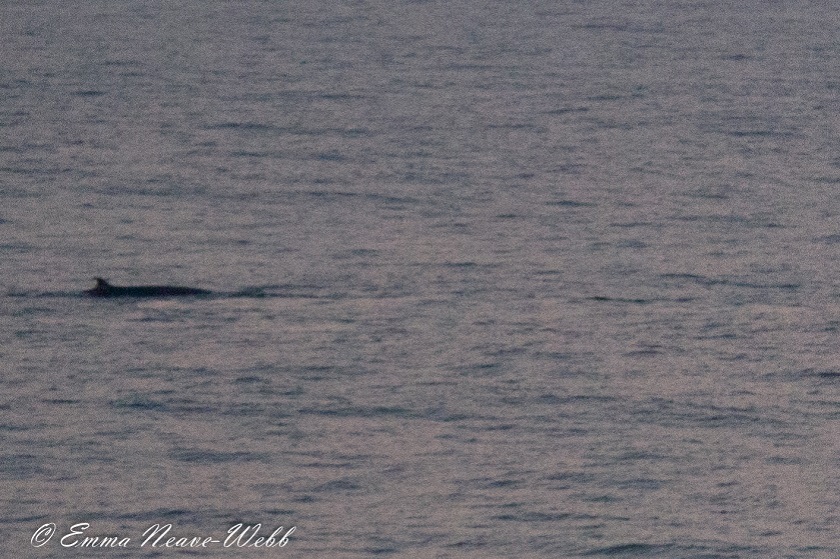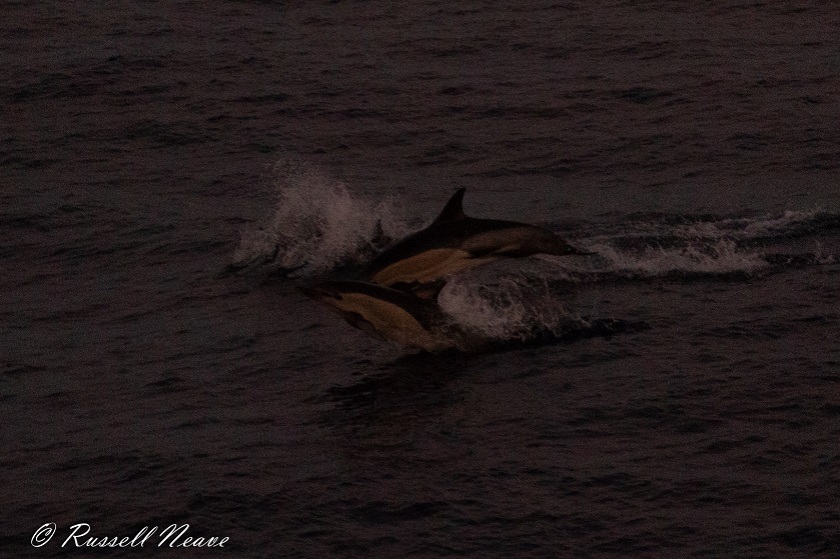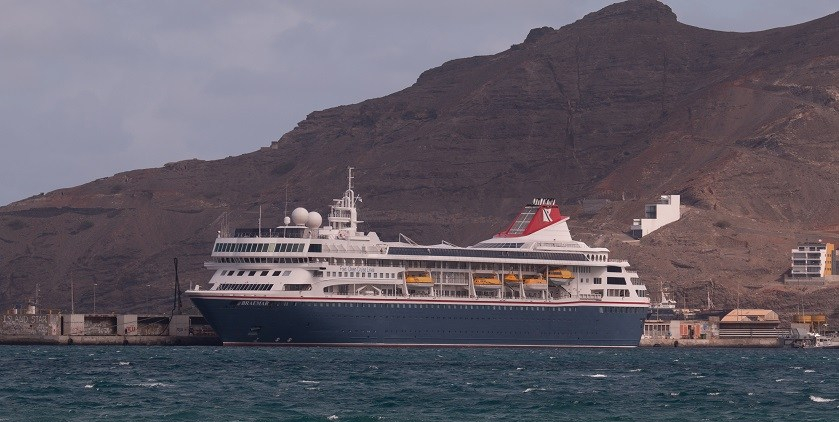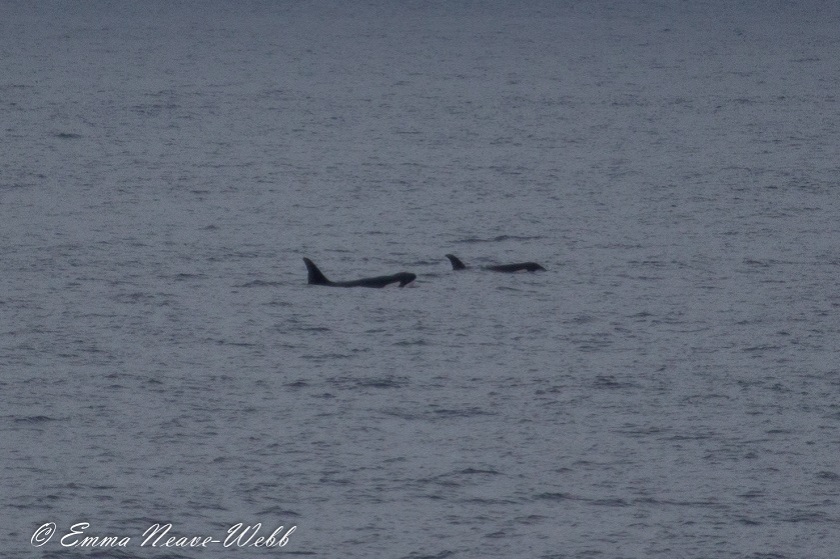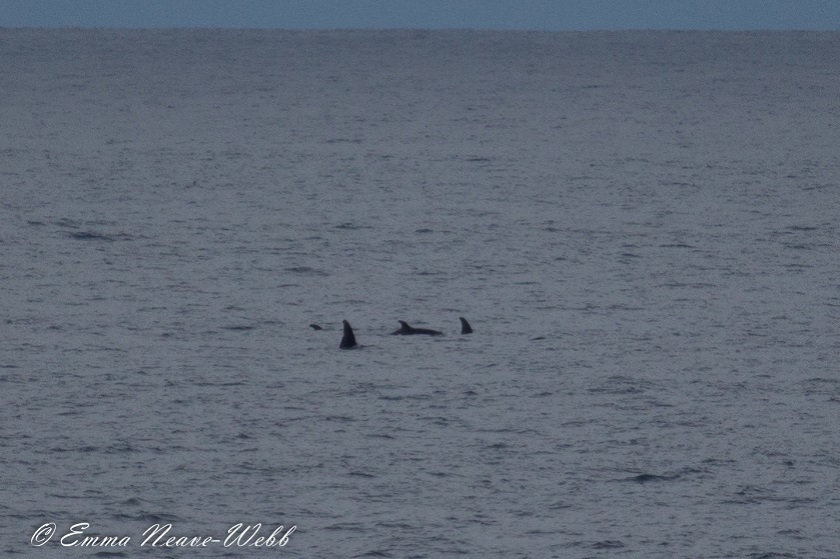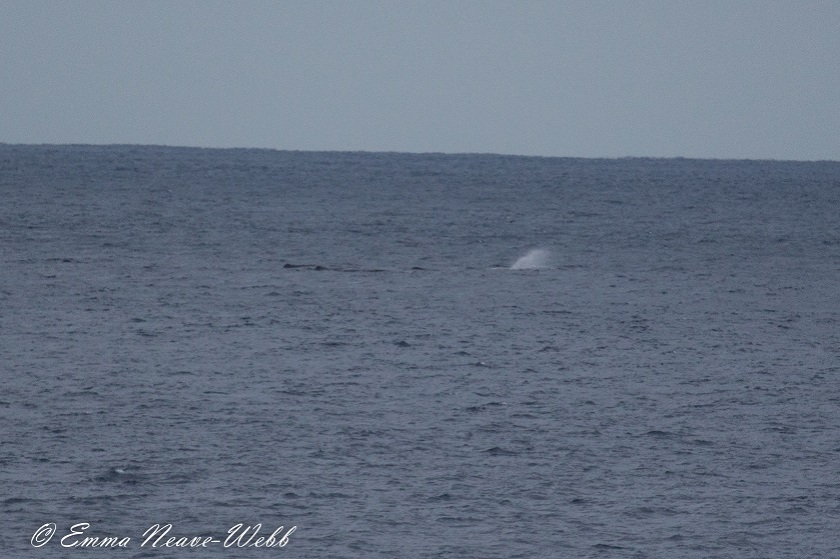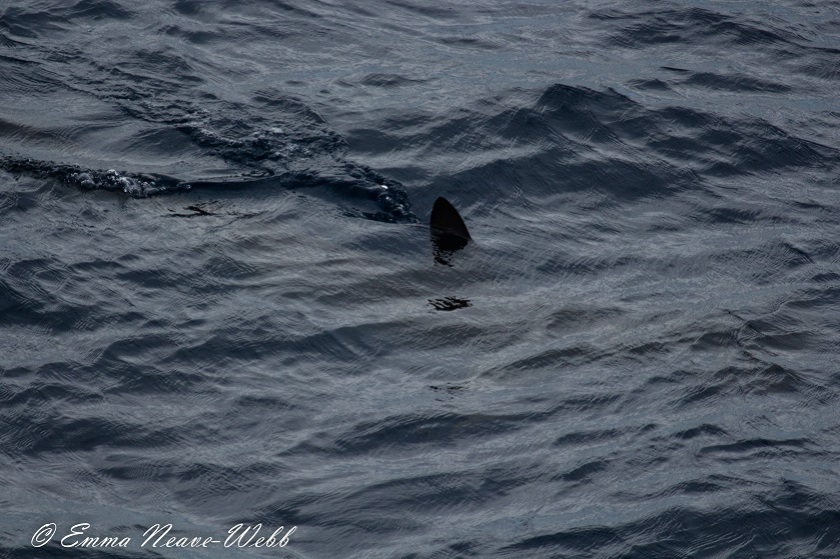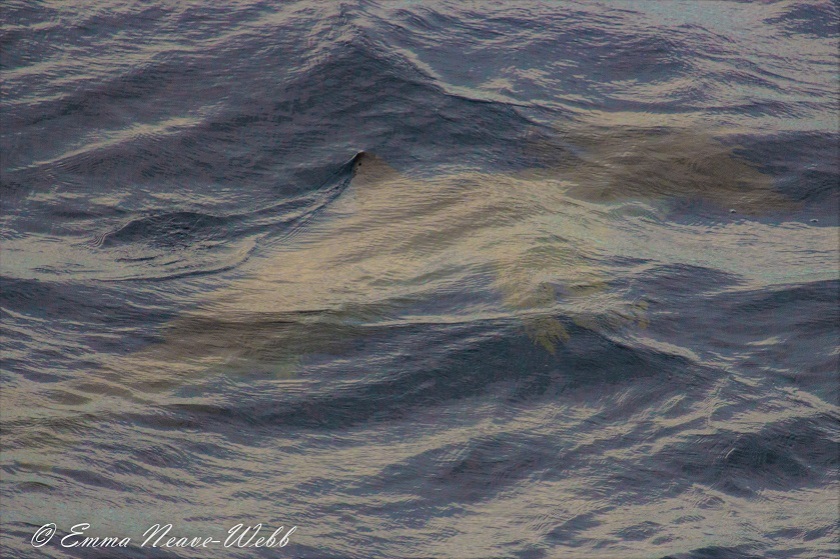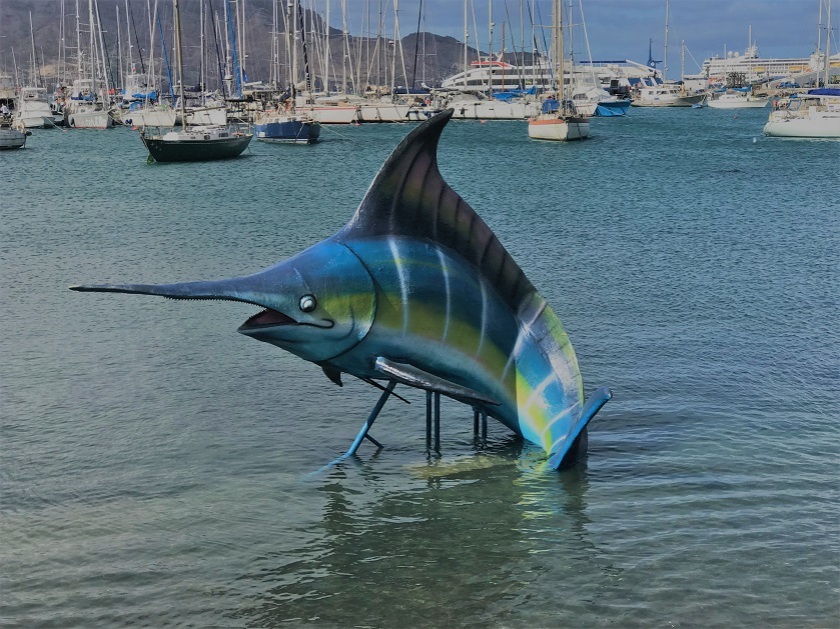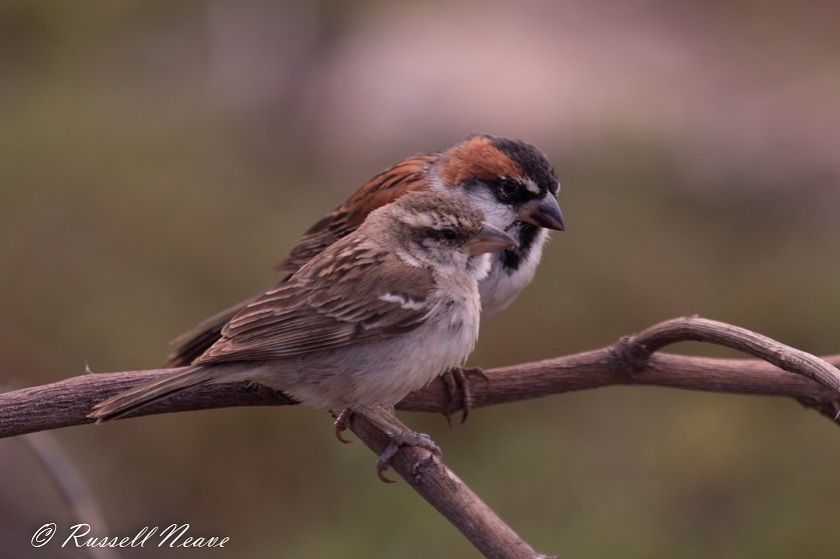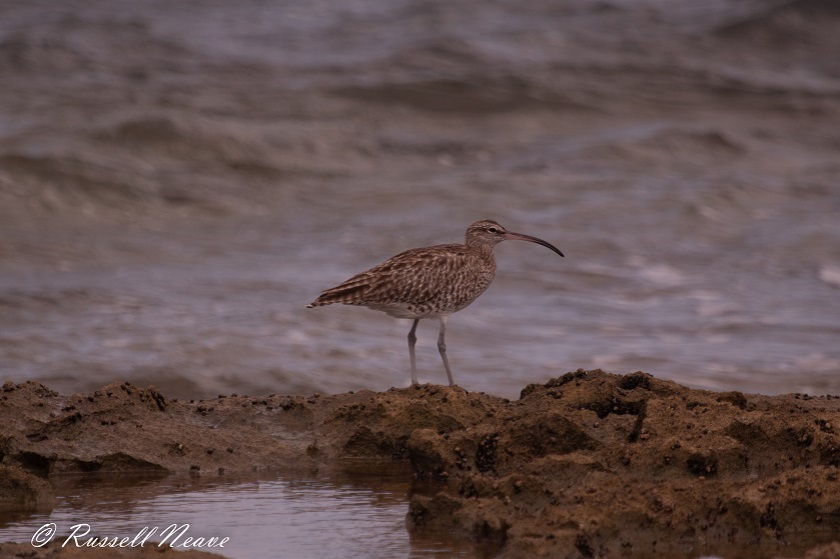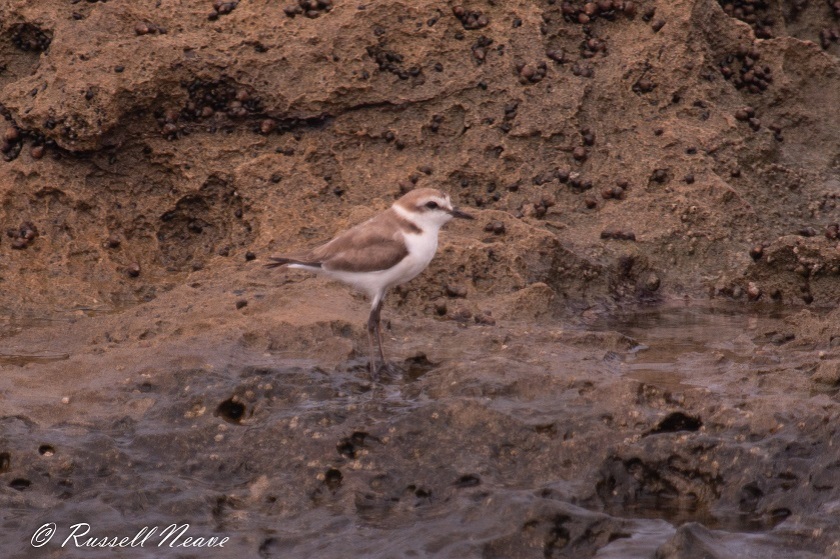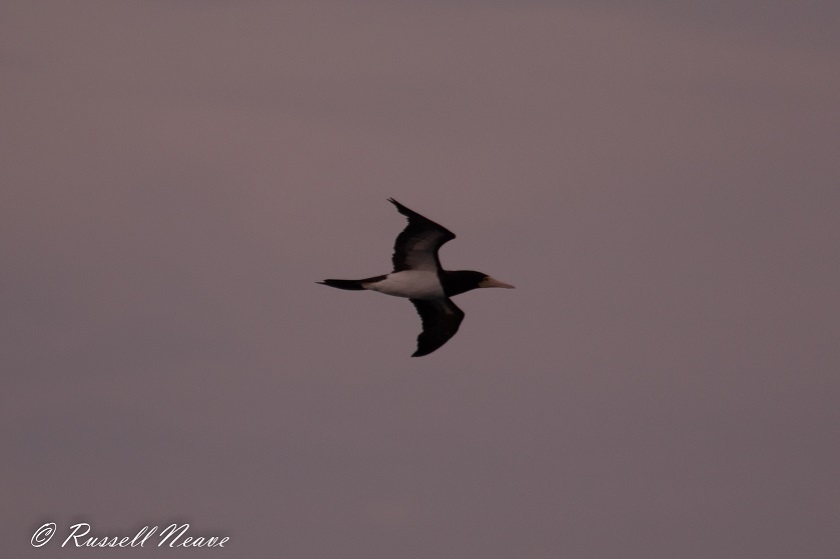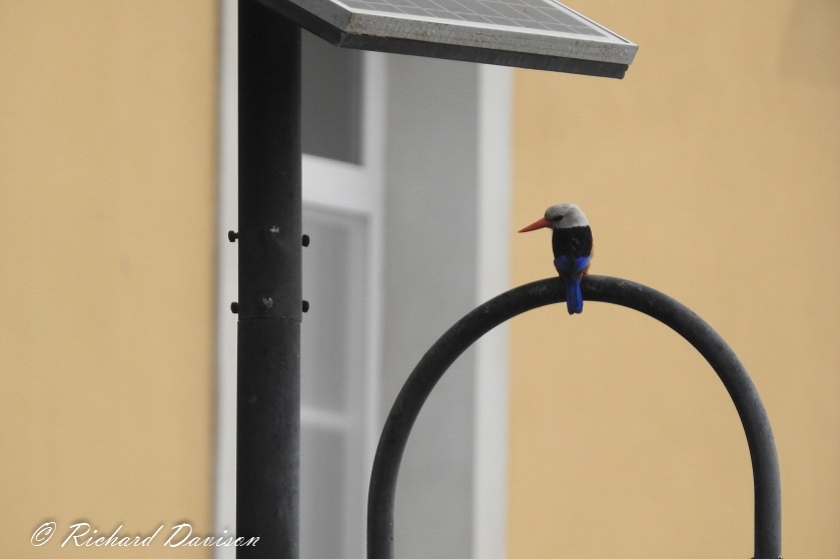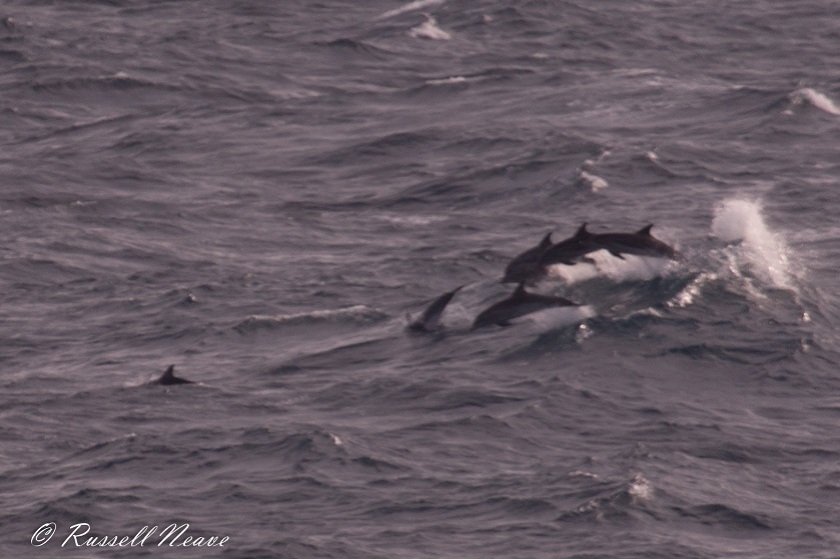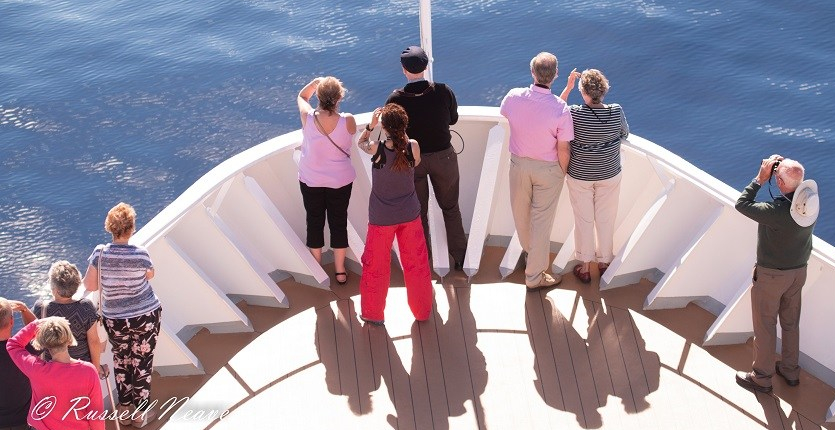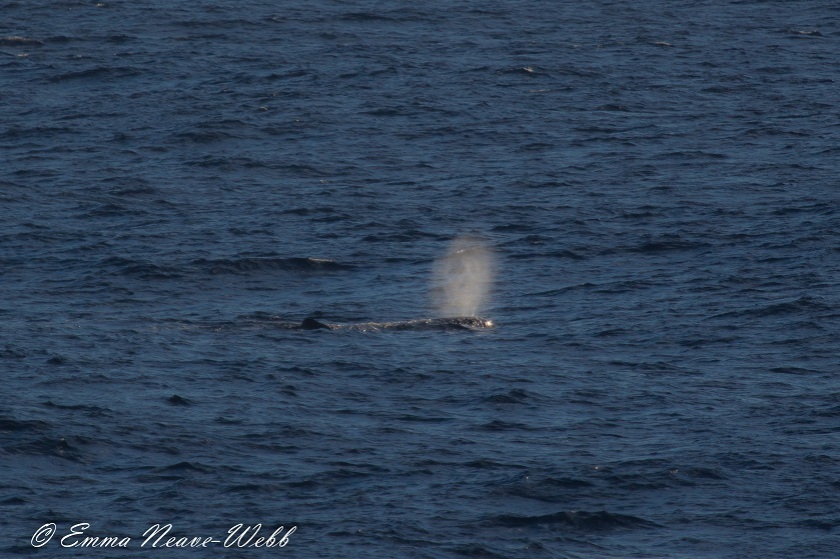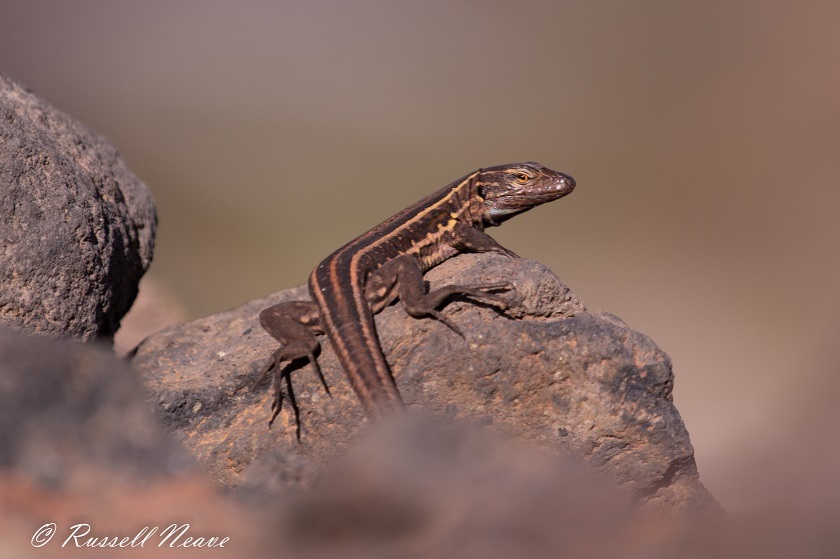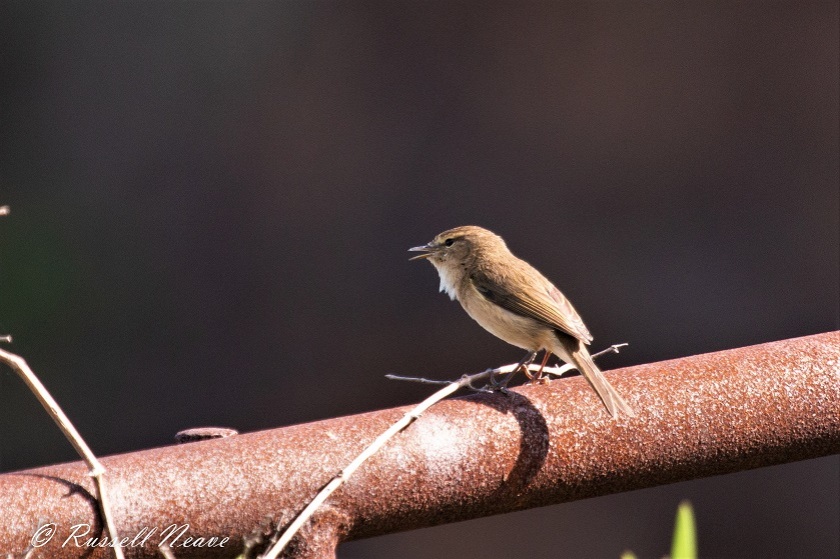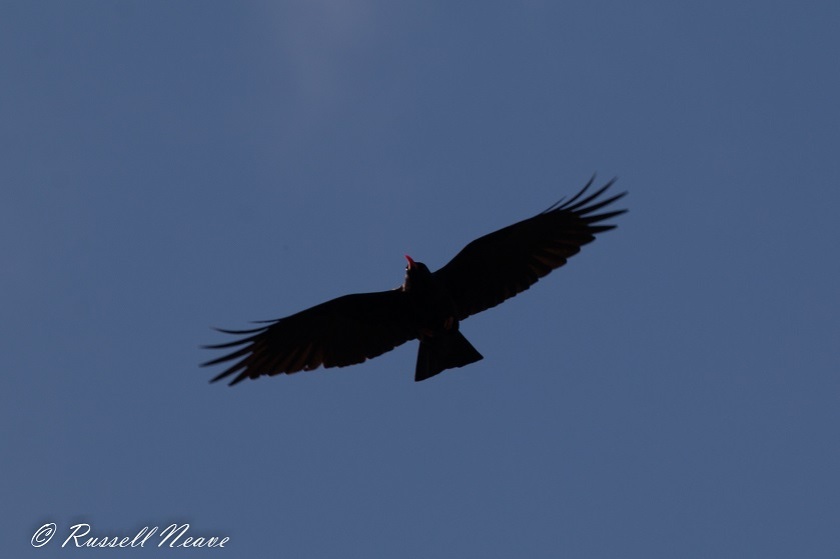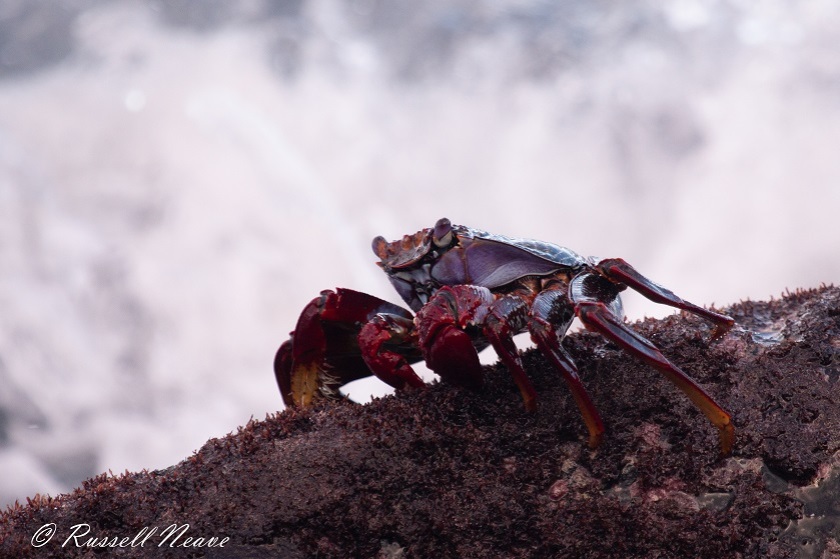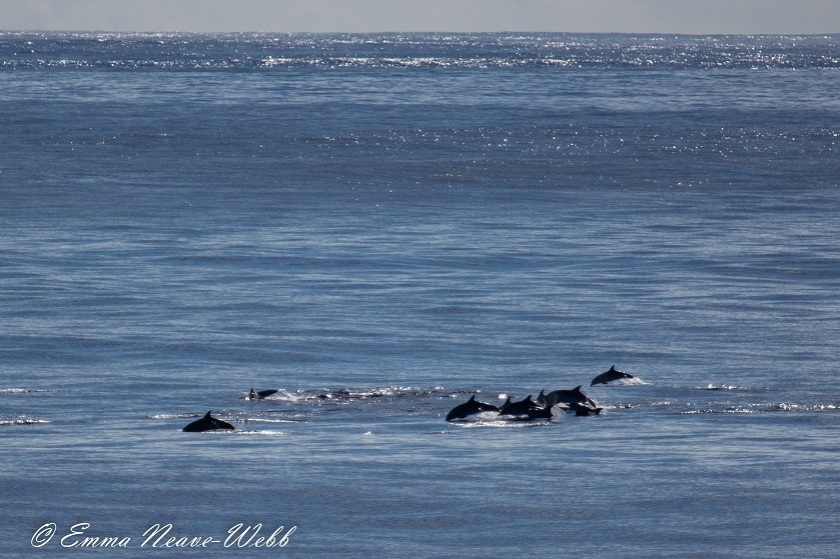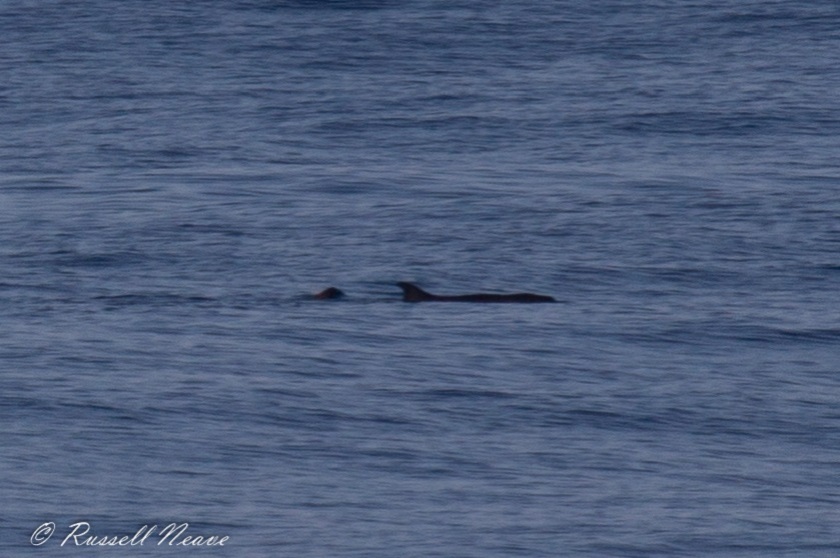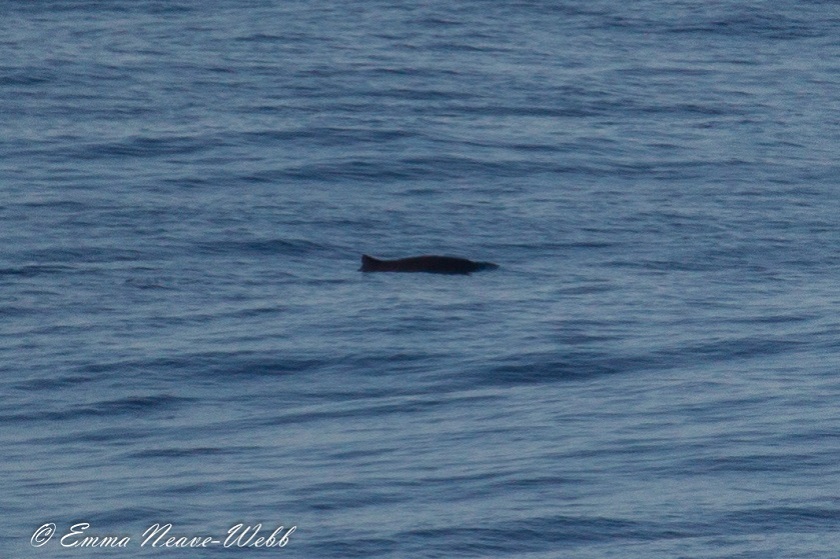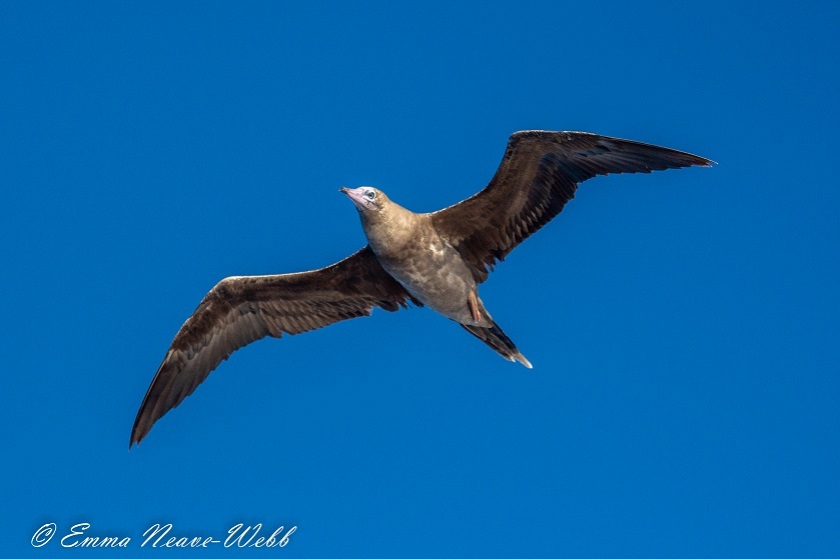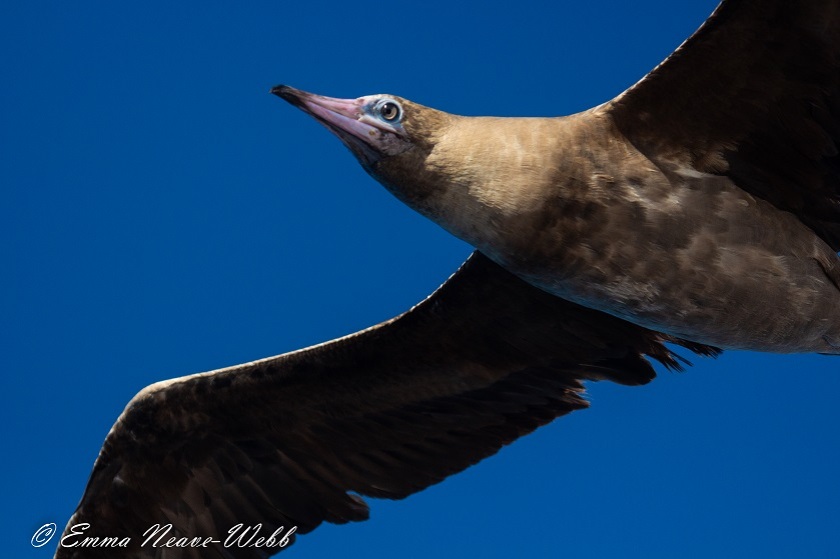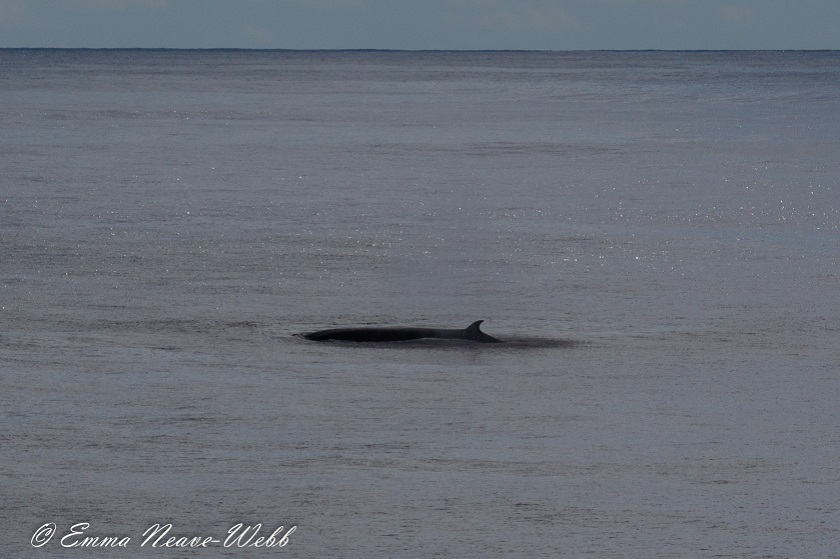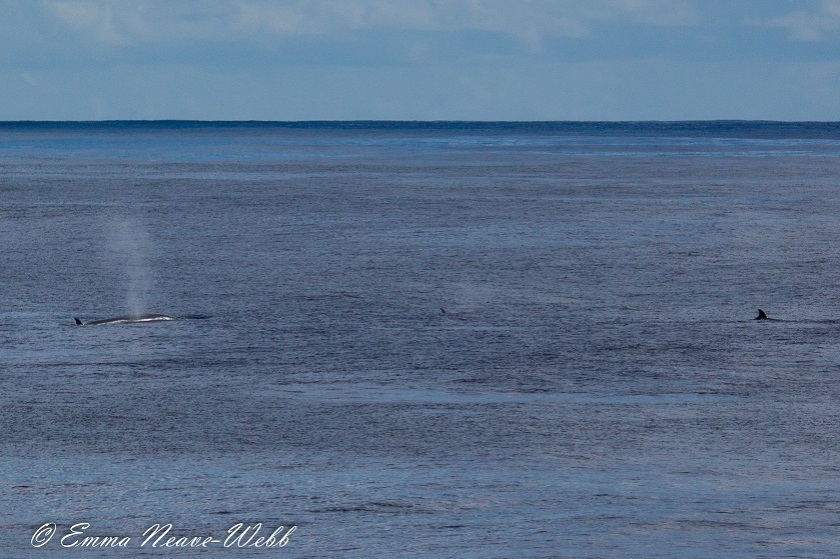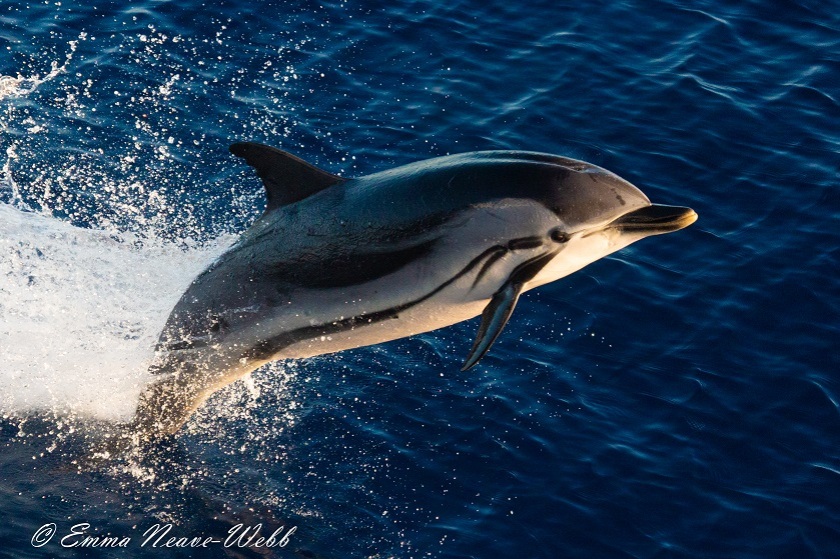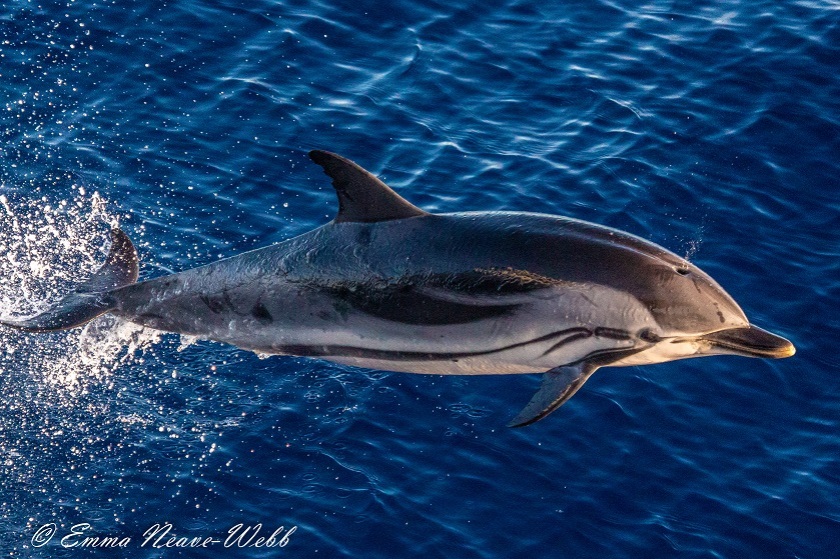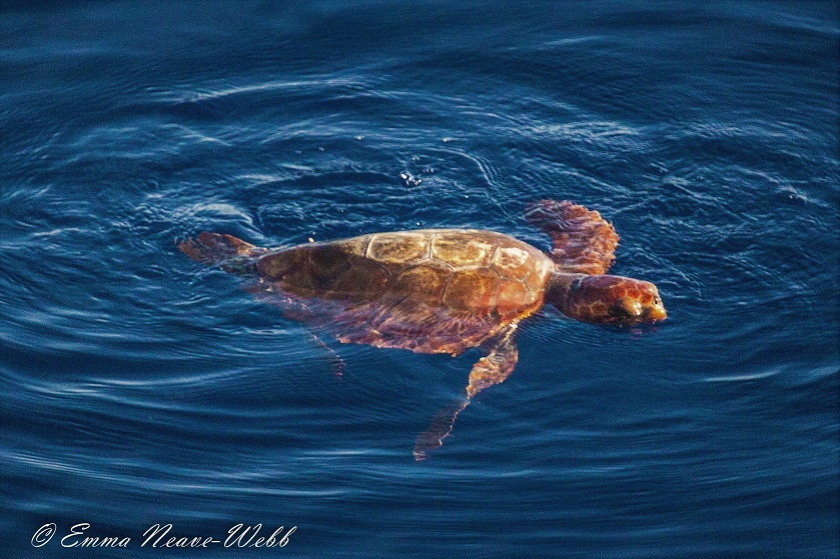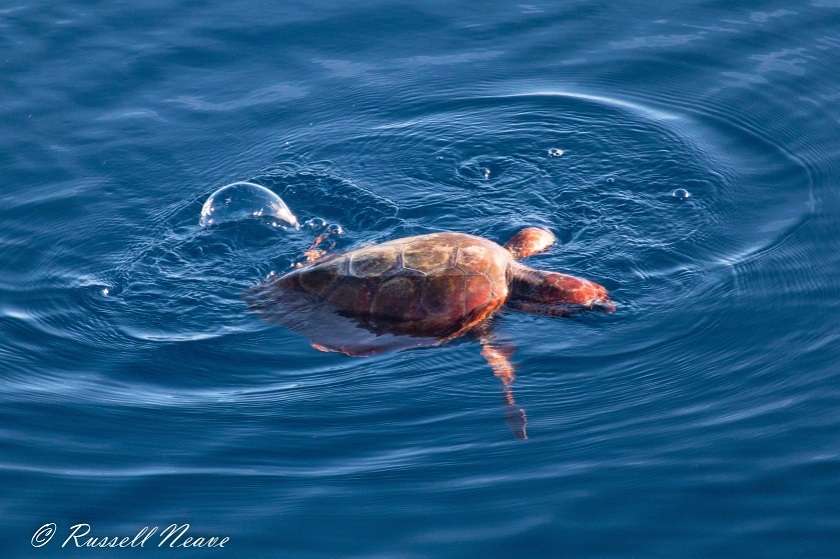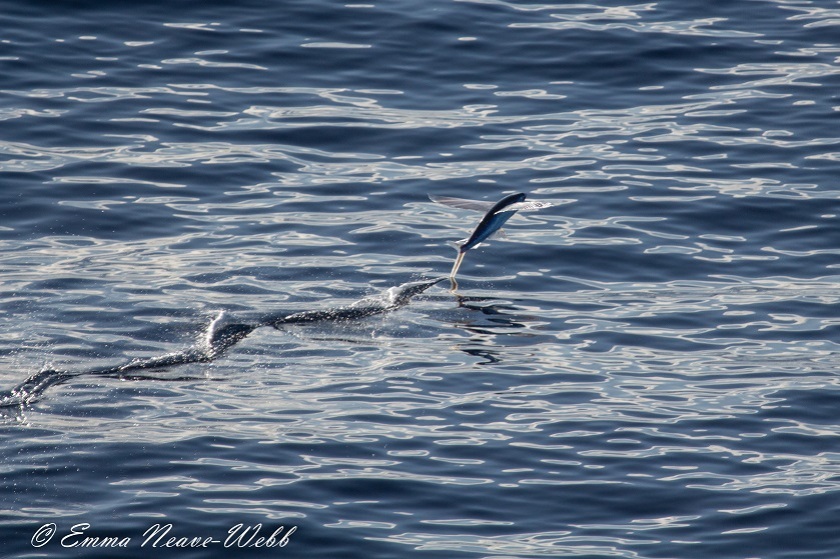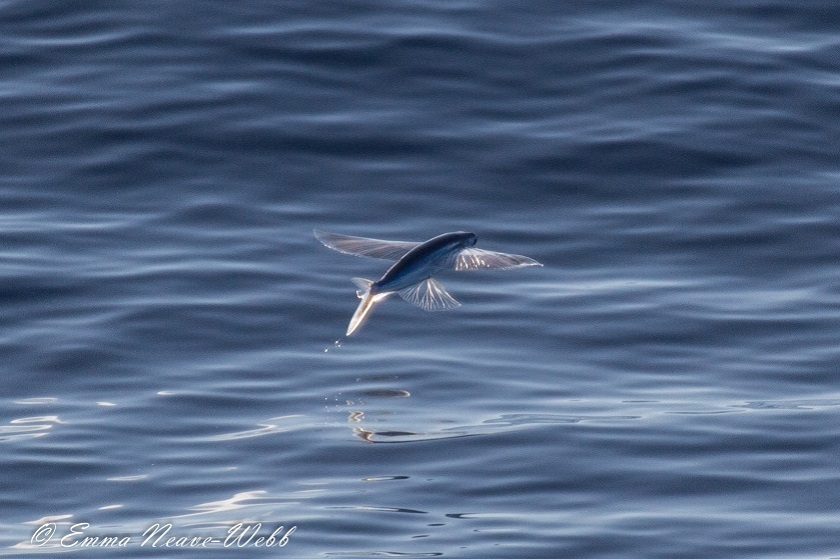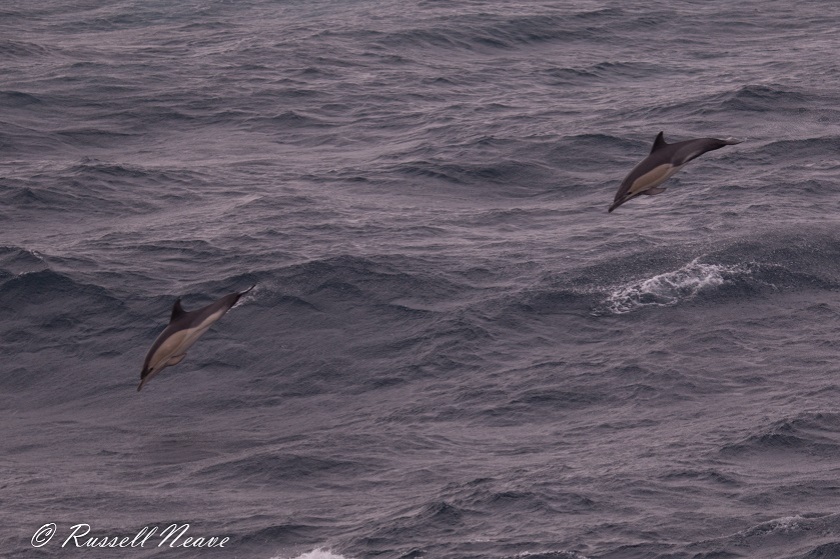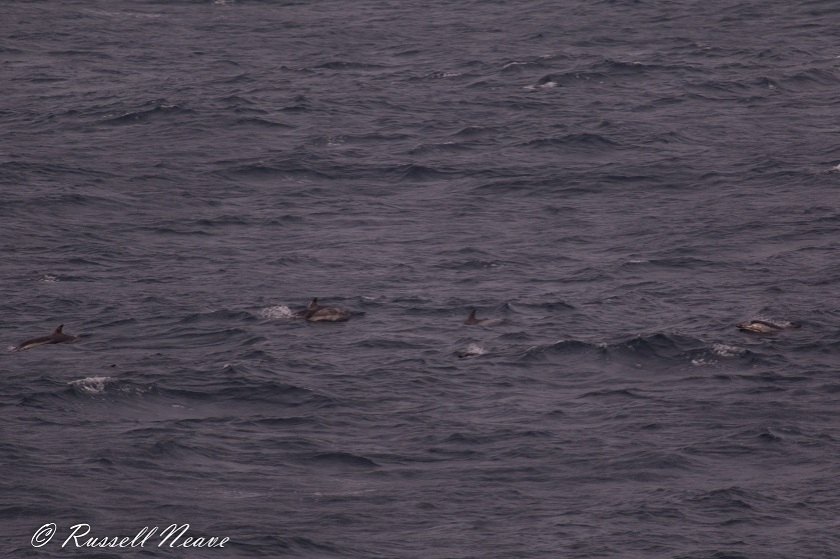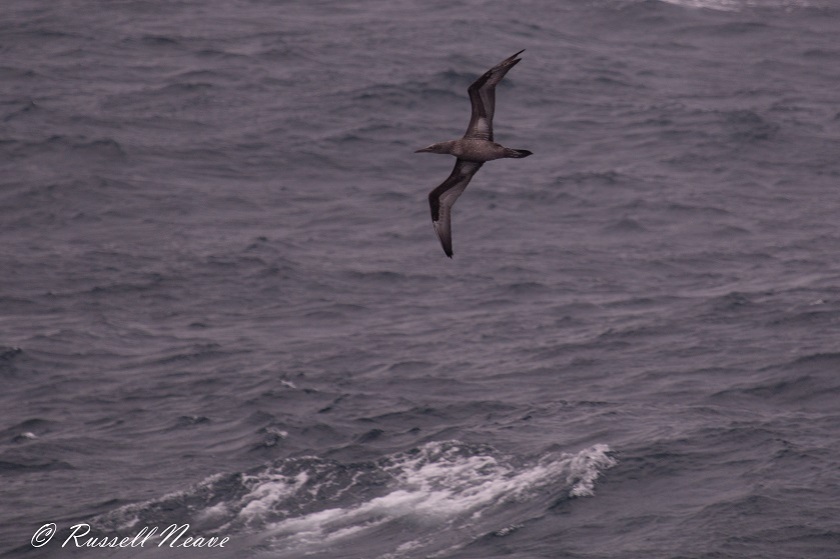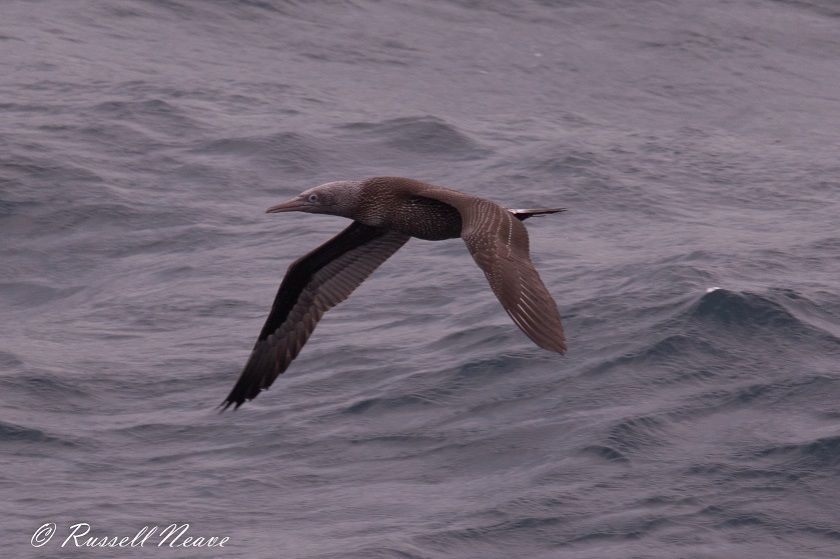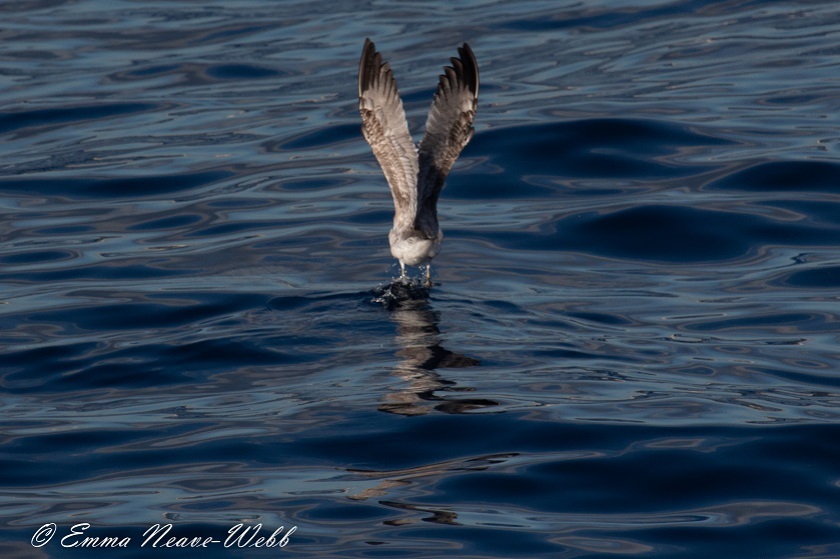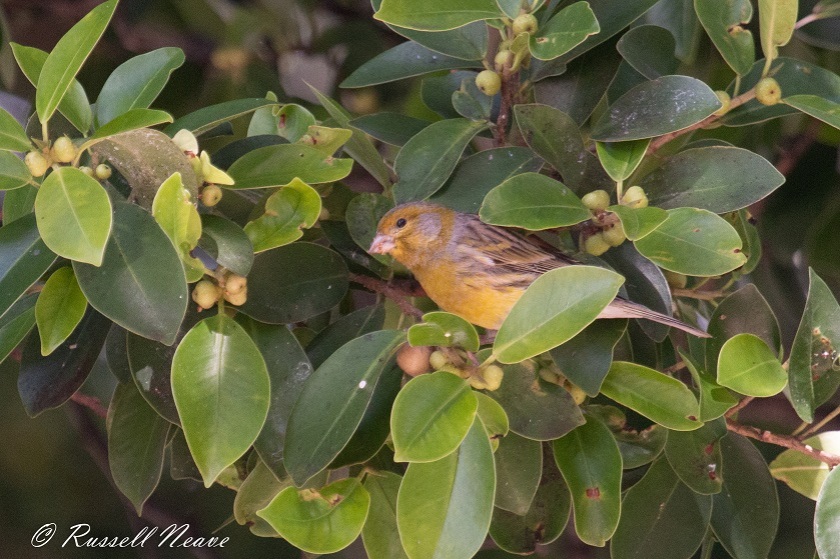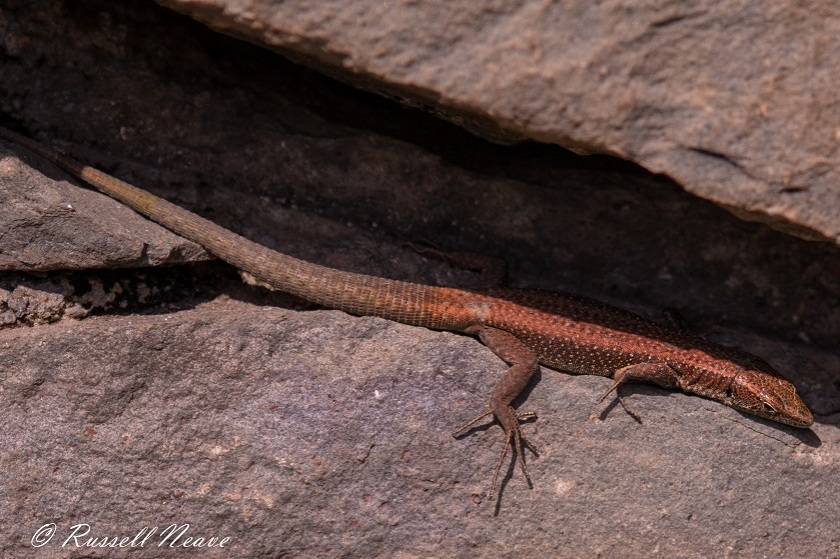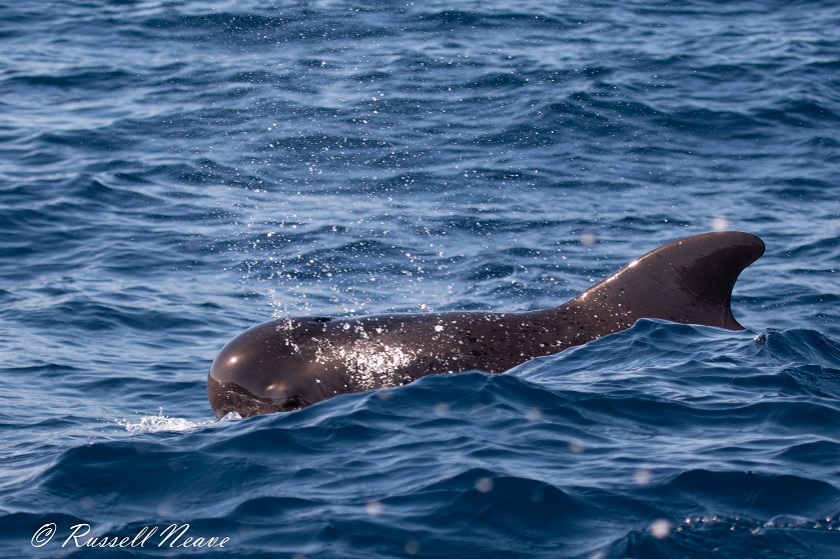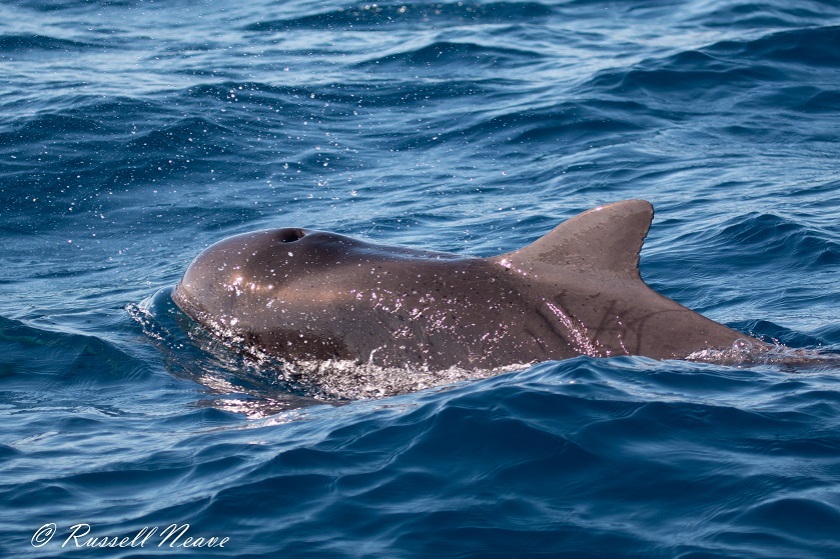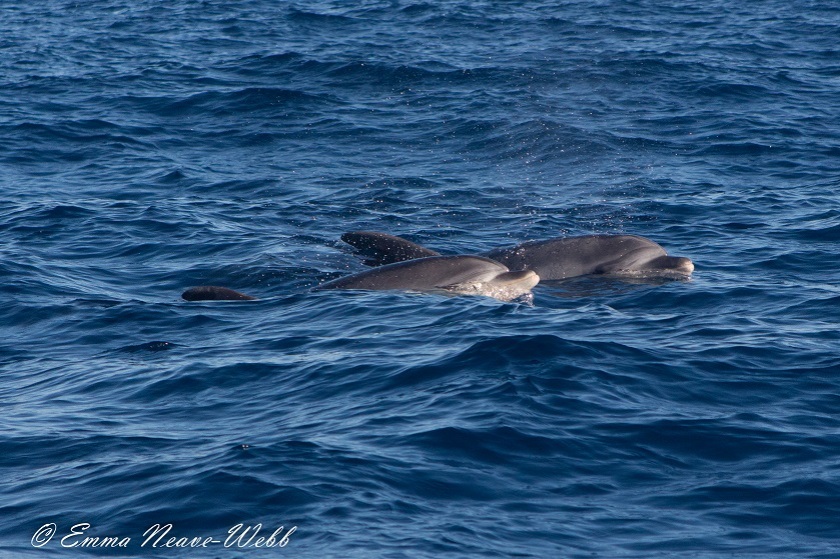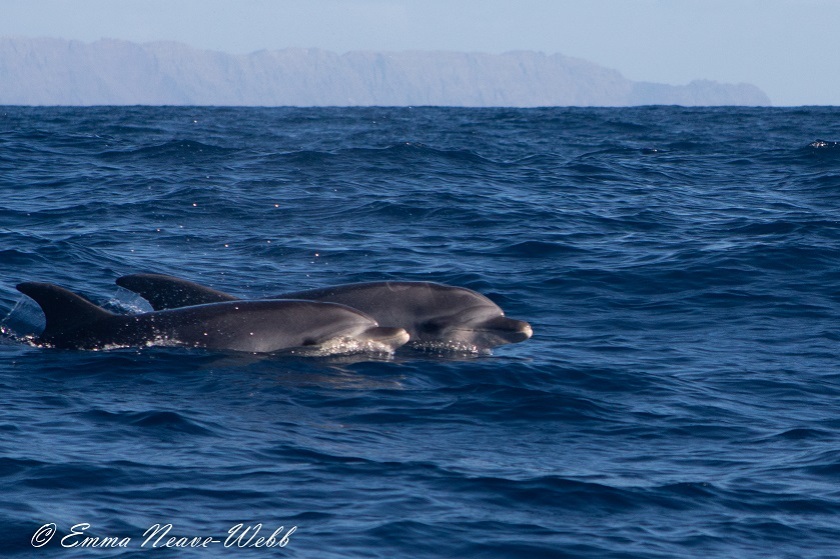After the action-packed departure from Lanzarote, we spent a day at sea heading towards Lisbon, our final port call. The day started well with a smattering of sightings – the highlight being 4 Cuvier’s Beaked Whale which showed well enough for most people on deck to see them.
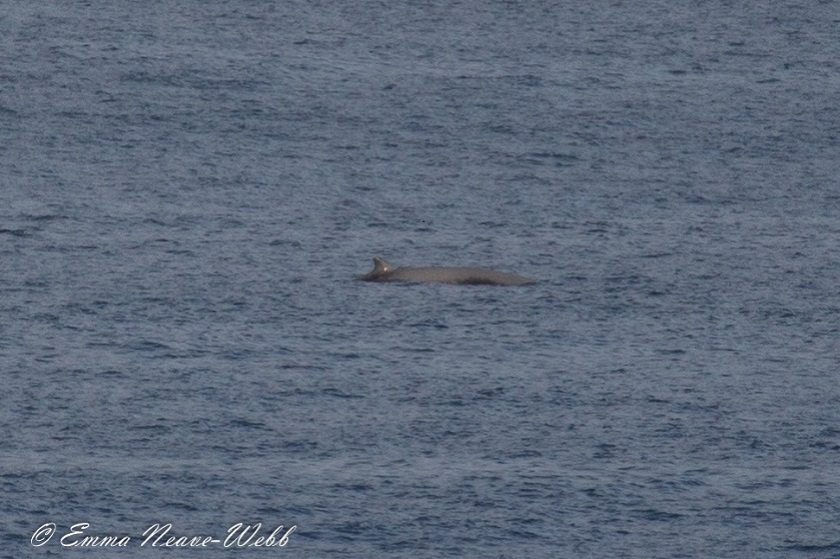
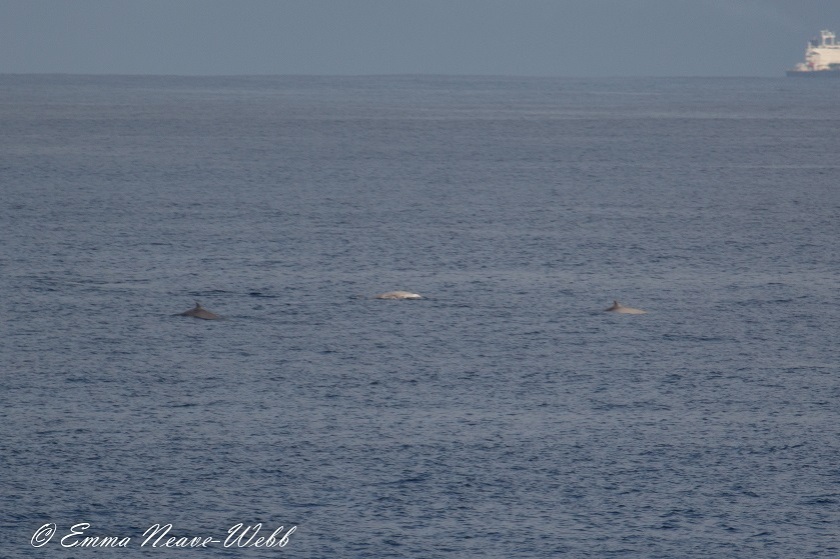
Unfortunately, weather conditions deteriorated from mirror calm to a good southwesterly force 6 meaning animals were increasingly difficult to find in the blustery conditions. A group of around 25 Atlantic Spotted Dolphin came into the bow mid-morning and otherwise, the only sighting in the afternoon was a small pod of possible Risso’s Dolphin which remained frustratingly elusive in the swell and white water. What a change from the previous day!
Following a day in Lisbon, which was spent sorting through photographs and preparing my final ’round-up’ presentation, we had two days at sea back to Southampton and the promise of some final sightings. Weather conditions again were not kind to us with strong winds creating much white water, but we were treated to some fantastic, acrobatic Common and Striped Dolphin racing in to bow ride Braemar throughout the day as we rounded Cape Finisterre into the Bay of Biscay. Whilst we weren’t able to pick out the animals at distance, they were having to leap high to avoid the spray and gave some spectacular displays as they came close to the ship. Those of us braving it out on deck had marvellous views and it was wonderful hearing the whoops of delight from everyone as the dolphins leapt. Conditions like this don’t make it easy for photography though – I think most of us ended up with many photographs of splashes!
Being closer to land meant that seabird numbers increased and we saw good numbers of Lesser Black-backed Gull and Kittiwake throughout the day as well as Mediterranean Gull and Great Skua.
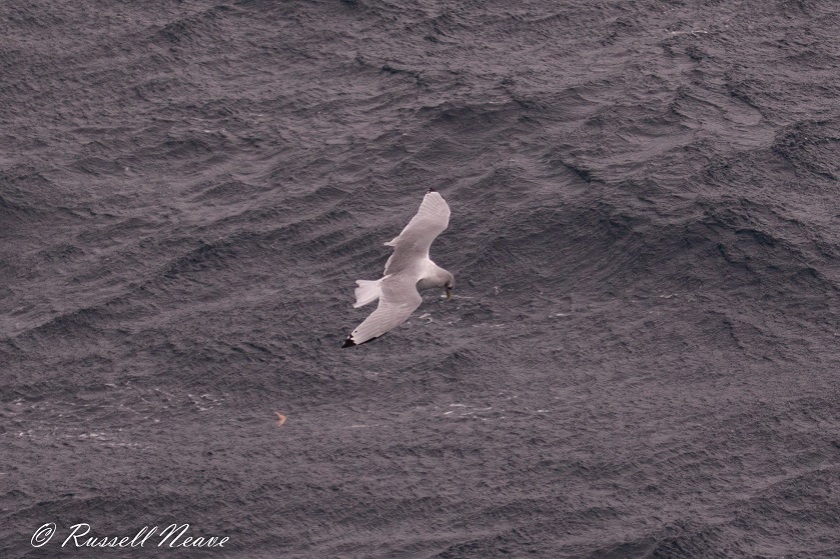
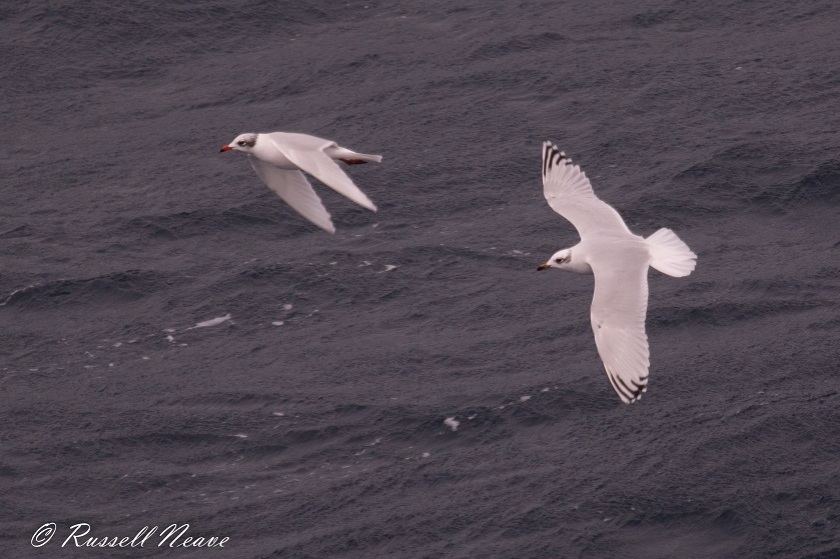
All too soon it was time for the Captain’s Farewell party and a chance to reminisce with guests about the wonderful sightings we have had on this cruise. A truly memorable trip with some amazing sights. Russ and I would like to thank all the passengers on board who kept us company on the decks, enthusiastically told us about sightings they had during port calls and on previous trips.
I would like to express my grateful thanks to Richard Davison for the generous use of his images for this blog. Thanks also to Cruise Director Michelle and her brilliant Entertainments Team, my cruise speaker agents at Peel Talent for their work in arranging this tour and to all the wonderful staff at Fred. Olsen Cruise Lines for being so helpful during the cruise. We can’t wait to be back on board Braemar on 17th January 2019 for the Amazon River Adventure!
Thank you and happy reading!
Emma
Full List of Sightings:
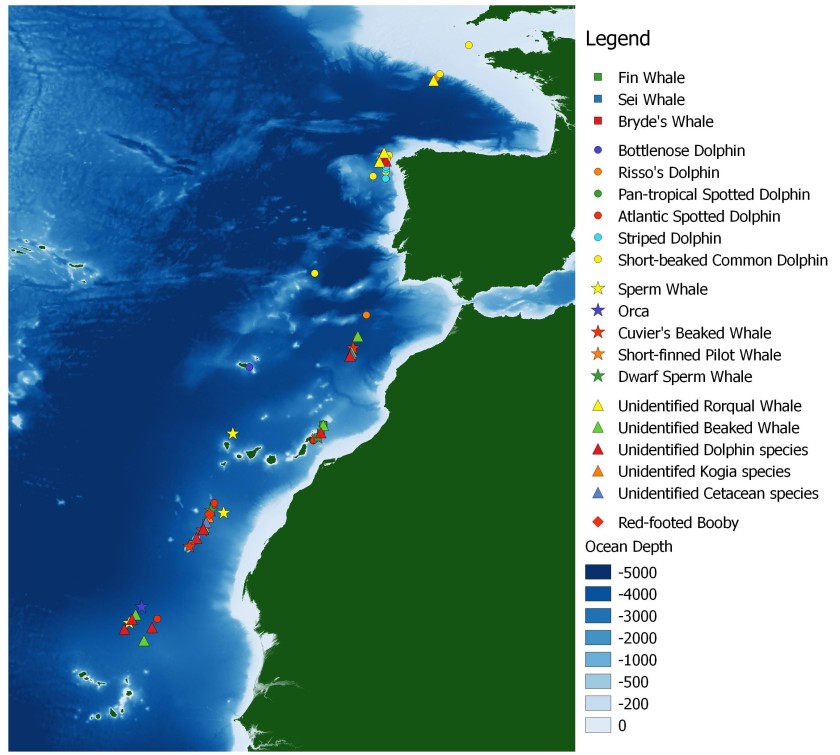
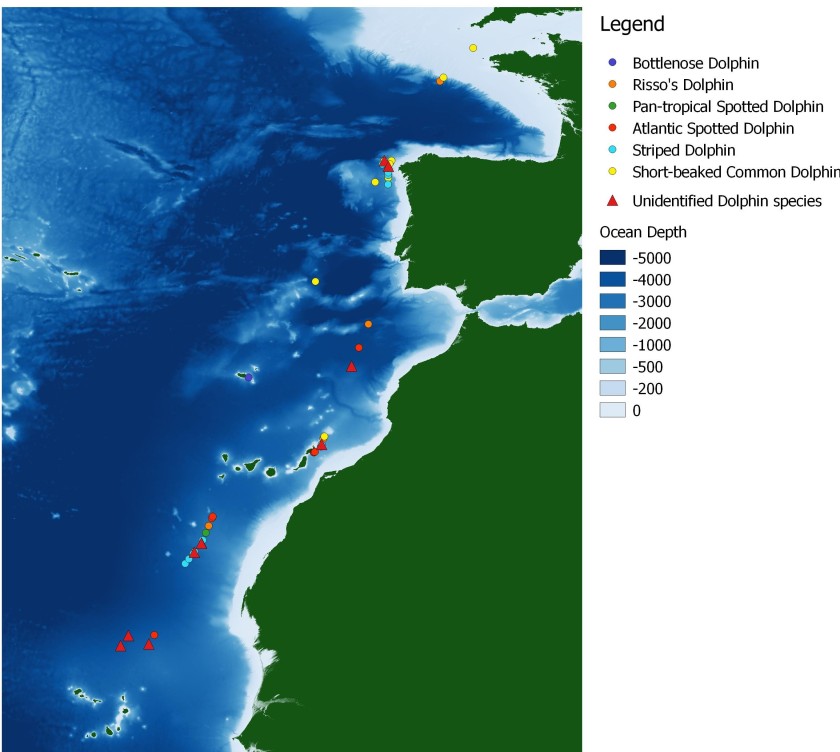
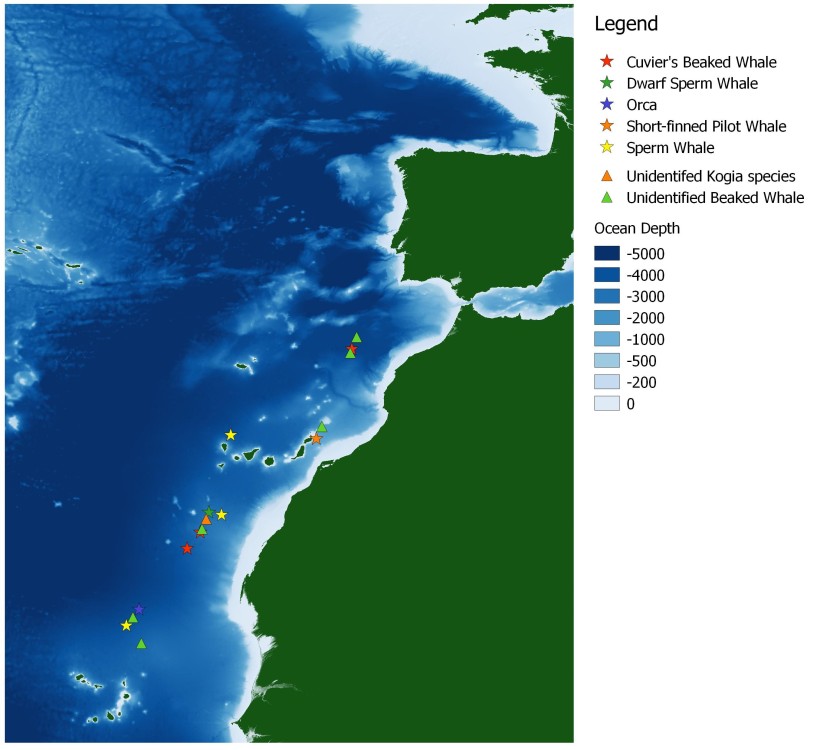
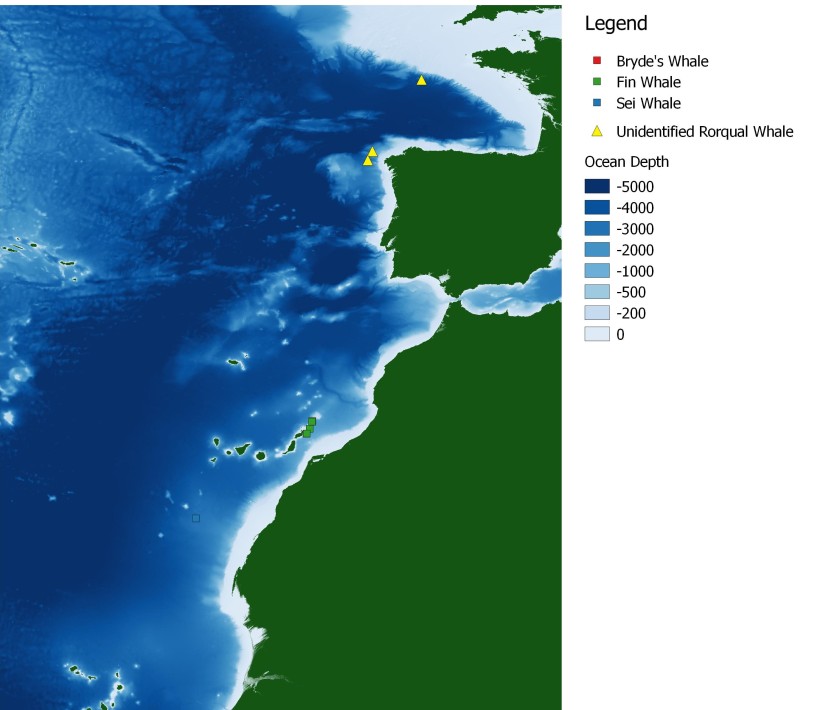
CETACEAN SIGHTINGS
| Species | Total Number |
| Atlantic Spotted Dolphin | 500+ |
| Pan-tropical Spotted Dolphin | 150+ |
| Short-Beaked Common Dolphin | 389+ |
| Striped Dolphin | 207+ |
| Risso’s Dolphin | 24 |
| Bottlenose Dolphin | 12 |
| Short-finned Pilot Whale | 17+ |
| Orca | 5 |
| Dwarf Sperm Whale | 3 |
| Cuvier’s Beaked Whale | 13 |
| Sperm Whale | 6 |
| Bryde’s Whale (probable) | 1 |
| Sei Whale | 4 |
| Unidentified Large Whale Species (Rorqual-type) | 4 |
| Unidentified cetacean species | 1 |
| Unidentified Dolphin Species | 100+ |
| Unidentified ‘Kogia’ species | 2 |
| Unidentified ‘Mesoplodont’ Beaked whale species | 5 |
| Unidentified Beaked Whale species | 3 |
| Unidentified Small Whale species | 2 |
SEABIRD SIGHTINGS
| Species | Total | Species | Total |
| Northern Gannet | 54 | Bulwer’s Petrel | 1 |
| Red-footed Booby | 1 | Fea’s / Zino’s Petrel | 2 |
| Great Skua | 20 | Leach’s Storm Petrel | 59+ |
| Pomarine/Arctic Skua | 1 | Madeiran Storm Petrel | 55+ |
| Great Black-backed Gull | 4 | White-faced Storm Petrel | 2 |
| Lesser Black-backed Gull | 214 | Common Guillemot | 7 |
| Yellow-legged Gull | 56+ | Puffin | 4 |
| Herring Gull | 6 | Unidentified Large Shearwater species | 8 |
| Black-headed Gull | 3 | Unidentified Storm Petrel species | 45+ |
| Mediterranean Gull | 11 | Unidentified Gull species | 1 |
| Black-legged Kittiwake | 389+ | Unidentified Auk species | 16 |
| Cory’s Shearwater | 270+ | Grey Phalarope | 6 |
| Cape Verde Shearwater | 2 | Common Snipe | 1 |
| Great Shearwater | 71+ | Starling | 2 |
| Sooty Shearwater | 6 | Swift | 1 |
| Macaronesian Shearwater | 6 | Unidentified little brown job! | 1 |
Other Wildlife
| Species | Total |
| Loggerhead Turtle | 26 |
| Ocean Sunfish | 4 |
| Hammerhead Shark | 2 |
| Shark species | 3 |
| Manta Ray | 2 |
| Tuna Species | |
| Flying Fish | |
| Hummingbird Hawkmoth | 1 |
| ‘White’ Butterfly | 2 |
| Unidentified Butterfly Species | 1 |

